|
So, here’s an interesting riddle for you, based on a recent, true event. We had some special visitors roaming through the cemetery last week (Friday, March 18)—actually one could describe them as a small, well-behaved herd. These “tombstone tourists” can arbitrarily be said to hail from the Cervidae family, and here I’m not talking about a specific surname, but rather a family of animals. You may recognize this as the deer family, however I will throw you another curveball in saying that our guests certainly did not possess four hooves, antlers or bushy tails. Looking back on my time spent among this group, I’d say they were benevolent, protective and orderly, exactly what I expected from this collection of elk coming here from various parts of the country. I would love to wax poetic about elk, also known as the wapiti, one of the largest species within the deer family and one of the largest terrestrial mammals in its native range of North America. The name "wapiti" is sometimes used for this creature as it originates from the Shawnee and Cree Indian word “waapiti,” meaning “white rump.” This is insignificant, I guess, because I need to confess that our visitors to the cemetery last week, although mammals, were 100% of the human variety. In addition, they all held membership in an American fraternal order founded in 1868 as a social club in New York City—The Elks. I was tasked with giving a brief tour of Mount Olivet, in which I would show a few historic points of interest to a small delegation of Elk members. The V.I.P.s of this group included the Elk organization’s top official, T. Keith Mills and wife Amy from Caldwell, Idaho. Mr. Mills is the National President of the Elks and holds the distinguished title of Grand Exalted Ruler. His term began in July, 2021 and runs through July, 2022. We also had on hand Mr. Paul D. Helsel, the Maryland/Delaware State Sponsor of Elks. He was accompanied by his wife Jane, and both call home my old college stomping ground of Newark, DE. Paul is a Past Grand Exalted Ruler, serving his term in 2008. With him was another official in Frank Kane (Laurel Lodge), Vice President of the North Central District of MD DE DC Elks Association. This group was traveling the region and had a local guide in Warren Johnson and photographer in Paula Larson, both members of Frederick’s local Elks Lodge #684. Mr. Johnson is a past Exalted Ruler of the Frederick Lodge and a MD DE DC Elks Association Past President. He originally contacted me last month to set up this special visit by the country’s top Elk. The Francis Scott Key Memorial and gravesite has received thousands of visitors since its unveiling back in August, 1898. I can now gladly add two Grand Exalted Rulers in Mr. Mills and Mr. Helsel to a list that includes the likes of US President William Howard Taft, telephone inventor Alexander Graham Bell, President General of the National Society Daughters of the American Revolution Dorothy Ritchie McLean and singer-songwriter Lee Greenwood (“God Bless the U.S.A.”). Grand Exalted Ruler Mills was in the midst of a multi-week tour across the country, visiting local Elk Lodges and nearby points of interest along the way. Before coming to Frederick, he was in the nation’s capital taking in pertinent sights and experiences. It was now, my pleasure to show off our historic, “garden cemetery” that has immediate ties to the Elks organization as the membership includes our Board of Directors president, George T. “Tim” Horman and Cemetery superintendent (of 56 years) J. Ronald Pearcy. In my capacity, I had the opportunity to recount the stories of our cemetery’s two most famous historical figures in Francis Scott Key and Barbara Fritchie—individuals whose fame came via a song or poem written about the US flag under attack by an invading enemy. While at the Barbara Fritchie Monument and Memorial, I made sure to share the unique connection between our patriotic nonagenarian and the Elks through the portrayal of the legendary Frederick Dame by Bullwinkle T. Moose. This occurred within a "Bullwinkle's Corner" segment that originally aired on February 13th, 1960. (Click the cartoon image below to view this classic short.) Our local Elks Lodge holds the distinctive number of 684, meaning that it was the 684th lodge to be chartered by the national organization of the BPOE (Benevolent Protective Order of Elks) in the country. This occurred on April 2nd, 1901 with 35 founding members from the Frederick community. The first meeting was at the Red Men's Club, originally located in Kemp Hall on the corner of North Market and East Church streets. Their first home was on the second floor of this building that still stands and today serves home to The Candy Kitchen and Isabella's Restaurant. By 1920, the club outgrew its space and built a new headquarters at the corner of West Second and Court streets. This also became too small, and a longtime headquarters was built at 7 West Second Street. This building was destroyed by fire in January 1970, prompting the present lodge on Willowdale Drive and Shookstown Road to be constructed. The former lodge site is a small, public park site these days called the "Healing Garden at Bonita Maas Park" and is dedicated to victims of child abuse and administered by the Friends of the Child Advocacy Center. 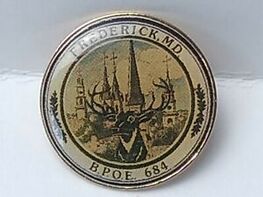 Although not a member myself, I have given a few history lectures here at this facility. I’ve also met with members here and partaken in food and beverage from their fine in-house bar/kitchen. Our Frederick Elks Lodge is one of the country’s most active, and raises tens of thousands of dollars each year for charity, thanks to its nearly 1,400 members. The group supports three Boy Scout troops, and youth sports teams. Special projects have also been tackled, such as raising $50,000 one year to help start Frederick Memorial Hospital's mobile health van, and giving $10,000 to the National Museum of Civil War Medicine to sponsor an exhibit on the history of flags. The national Elks organization helped initiate the June 14th Flag Day holiday, and every year, local Elks clubs are mandated to have a Flag Day ceremony. They used to head up one here at Mount Olivet, but that waned a while back, however we worked together to recreate the tradition with a flag day program here in June, 2019. The Frederick BPOE Lodge also supports veterans’ programs and provide volunteers to drive veterans to the Martinsburg Veterans Administration Hospital several days each week. On Christmas morning, anywhere from 30 to 80 Elks will go to Montevue and Citizens Nursing Home to sing Christmas carols for the residents and pass out gifts. The organization gives money to The Arc, Goodwill, the Salvation Army, the Jeanne Bussard Workshop and many other local charities. Members also volunteer time to these organizations. I brought my tour group of Elks to Confederate Row and told them about the story of Frederick’s role as "One Vast Hospital" during the American Civil War. I also explained why we have over 700 Southern soldiers here that died during the war. We also stopped at the grave of Robert Downing in Area M. A Washington, DC native, Mr. Downing was one of the top stage actors of the late 1800s and is best remembered by theater afficionados for his recurring role as “Spartacus the Gladiator.” He performed this character over 3,000 times for audiences all over the country.  Speaking of stage actors of the late 1800s is the perfect seque to explaining how the B.P.O.E. come about? I learned the following story by visiting the organizations website at elks.org “In New York City, a small group of actors and entertainers, wishing to continue their social gatherings on Sundays, when New York's blue laws prevented the opening of public establishments, began to meet regularly as the "Jolly Corks," a name derived from a bar trick introduced by the group's organizer. While the meetings were held with regularity, apparently no form nor substance resulted, except for the adoption of a toast to members of the group not in attendance." Shortly before Christmas in 1867, only a few months after the fellows began to meet, one of their number died, leaving his wife and children destitute. This event gave rise to the notion that, in addition to good fellowship, the Jolly Corks needed a more noble purpose in order to endure, and serving not only their own in need, but others as well, would be appropriate. Two months later, on February 16, 1868, with a statement of serious purpose, an impressive set of rituals, a symbol of strength and majesty and such other elaborate trappings that might be expected of a group of actors and musicians, the new fraternal order was launched.” I rounded out my tour to Grand Exalted Ruler Mills by making a stop in Mount Olivet’s Area L, at a grave site located directly beyond the Key Memorial Chapel. This was the final resting place of Clara Elizabeth Hauer Myers (1860-1931). I can best describe Clara as a Doe between two Elks because she is buried be in the middle of two former husbands in Area L’s Lot 82—both held membership in the BPOE. As a matter of fact, there is a dead giveaway (sorry about the word use here) to this being the gravesite of an Elk member. One just needs to look at the monument. I was already familiar with this beautiful monument boasting a picturesque Elk carved on its face, and paying homage to Lodge #15, located in Washington, DC. This was the home lodge of Charles Nicholas Hauer who was a member in nation's capital chapter of the organization, as he would die one month before Frederick would open up Lodge #684 in 1901. I wrote about Mr. Hauer in an earlier “Story in Stone” from May, 2020 featuring Frederick’s early oyster saloons and eateries. Charles Nicholas Hauer was born October 5th, 1859, the son of George N. and Lucretia (Poole) Hauer. He was one of nine children and spent most of his life living on South Market Street. I did not find much about his childhood here in Frederick but he eventually found himself in the hospitality business of restaurants. He got the chance to learn from a great teacher with a very similar name, Charles E. Haller. In 1883, Charles N. Hauer, took charge of the Haller Dining Rooms establishment at Church and Market when his boss (Charles E. Haller) relocated to the Green House a few blocks to the south. This was quite an opportunity for young Mr. Hauer, a distant relative of Frederick's famed heroine, Barbara (Hauer) Fritchie. Just a few years prior he was working as a cigar maker, along with his brother, Fritchie Hauer. The boys' late father had also been a cigar-maker. Now at the helm of a restaurant, Charles N. Hauer took the opportunity to rename his eatery on the corner of Church and Market streets called "The Gem Restaurant." 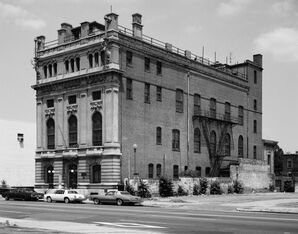 Vintage photo of the Elks Lodge #15 in Washington, DC Vintage photo of the Elks Lodge #15 in Washington, DC Charles continued to run The Gem for a few years at this locale before moving to Washington, DC where he was the manager of the Brightwood Hotel in the northwest area of the District, located on Brightwood Avenue. He married Clara Filby of Gettysburg in 1887, but the couple had no children. Mr. Hauer resided in Washington, DC at least though 1890 and sometime soon after returned to Frederick. While there, he was initiated into the Washington, DC Lodge of Elks, #15. This number is proudly displayed on his gravestone as well. Charles would experience a strange degree of fame in the form of a medical testimonial he would give for Hood's Sarsaparilla in the year 1892. His face would appear in newspapers coast to coast. The following ad appeared in the March 2nd edition of the Philadelphia Times. Perhaps if one had bad blood, the tempting intake of raw oysters and alcohol, readily available at work, may not have been the best career choice. But what do I know? Charles would eventually leave The Gem. I believe this was the time period in which he took a job at the establishment on West Patrick Street named The European House. Ironically, this was the original "Gem" location for those keeping score at home. Actually, the City Hotel next door would receive a makeover under new ownership after the death of Frank B. Carlin. It became the New City Hotel. The European changed hands as well and would come to be known as "The Buffalo Hotel and Restaurant." Wisely, Charles Hauer soon brought in his mentor with like name to help him manage the new venture. Charles N. Hauer was at the top of his game at the start of 1901. The Buffalo Restaurant was going strong but unfortunately, the Hood's Sasparilla would not be a lasting cure for our subject. He would pass on March 10th, 1901 at the age of 41. His death certificate in our cemetery files gives pneumonia as cause of death. He would be buried two days later in Area L/Lot 82 as we've already seen. Hauer's widow (Clara) would remarry a man named William Myers. Mr. Myers belonged to our local Elks Chapter here in town. Clara passed in 1931 and was laid to rest next to her first husband and the fine Elks grave monument. As an aside, Clara's obituary below claims here to be a descendant of the famed Jennie Wade, the only civilian killed during the 1863 Battle of Gettysburg. (She was shot while kneading dough in her sister's kitchen on East Cemetery Hill). And speaking of death (the common theme of these stories), Clara's second husband (William W. Myers) would die three years later. Both Clara and William had their respective funeral services held in Mount Olivet's mortuary chapel (Key Chapel). These services were attended by Elk members, and this chapel completed in 1913 is just steps from their eventual gravesite with Charles N. Hauer. As I reported earlier, the Frederick Lodge, BPOE #684, opened in 1901. I was interested in seeing if the local lodge's first Exalted Ruler was buried here in Mount Olivet? Sure enough, it was a man named Wilbur H. Duvall, and he is here in Area G/Lot 130. Sadly, Mr. Duvall was only 54 at the time of his death in 1906. Like Mr. Hauer, he had but a short time in the Elks organization. Many more Elks would follow over the next 120 years. As a final note, I came across the following news story regarding a carnival that the Frederick Elks brought to town in 1902, one of the very first events in their history in the community. It appears to be "In the Street" and the Great Frederick Fair wrapped up in one for the ultimate in old-time, downtown Frederick fun. Oh "deer," what a time it must have been.
1 Comment
“Many of our smaller schools have unique features, and I feel that one of the unique features of the Maryland school is our art department. We have in Miss Doub a lady who has been with us for over 30 years, and who has given her whole life to the study of art. I hope that you have given some attention to the exhibit that we have of our art work in the art workroom. If you have not, I would like to call your attention to that exhibit.” This was an introduction given for Florence W. Doub at the Convention of American Instructors of the Deaf held in Belleville, Ontario, Canada on June 27th, 1923. It was spoken by Doub’s boss, Ignatius Bjorlee, superintendent of the Maryland School for the Deaf from 1917-1955. Miss Doub could not attend this important event in person as her only sibling was seriously ill back home in Frederick. Instead, her paper on art curriculum for deaf students was read by a colleague named Miss Elizabeth Anderson. (Note: I’ve included a transcript of Doub’s paper at the end of this article.) She was not only one of Frederick’s most talented artists, but Florence Doub was an extraordinary educator, one who would spend her entire teaching career of 51 years in the confines of Frederick City. Florence W. Doub Known locally as “Miss Floy,” Florence Doub was born on August 27th, 1851. She was the daughter of William H. Doub and wife Marietta Staley. Miss Doub would reside on N. Market Street all her life, save for one move at the age of one, from 344 N. Market Street to 413. Mr. Doub was a wholesale and retail merchant of dry goods and groceries, and ran his business out of the family home on the southwest corner of N. Market and E. 4th streets during the 1850s and 60s. He survived the Civil War era, but eventually would file bankruptcy in 1868. That same year, Florence would have her name in the local paper for a much more positive achievement as she was recognized for her artistic talents while a student at the Frederick Female Seminary. Florence went on to graduate from the Frederick Female Seminary in spring 1868. The following November, a published list of premium winners at the recent Frederick Agricultural Society’s annual fair would give testament to Floy’s early talent. Her acquisition of ribbons and prize money at the Great Frederick Fair would continue throughout her lifetime. Miss Doub would eventually be asked to help design the annual arrangement of the Art Department for the fair years later. A biography of Miss Doub states: “Early on, amidst the natural beauty that was abundant in the community, she developed a love for nature and art that reflected it.” She is said to have taught art to locals beginning with the children and grandchildren of her prominent uncle, James H. Gambrill, Sr. Mr. Gambrill was married to Floy’s maternal aunt, Antoinette Frances Staley (1838-1894). An ironic connection is that the famed mill on Carroll Creek that was built and operated by Mr. Gambrill, and his son of the same name, would become synonymous with local art as the home of the Delaplaine Arts Center on Carroll Street. She would perfect her talents in art and instruction over the next few years. In 1878, she took up employment at a state school that had been founded here in Frederick a decade earlier for deaf children. Originally known as the Maryland Institute for the Deaf & Dumb, Miss Doub would be associated with this specialized place of higher learning until her death. Here she managed to work art and sketching into the curriculum. Floy’s talents became more and more sought by the local population leading her to open an art studio out of her family residence. Miss Doub also taught art to children in her own studio and added parents and other adults to her student roster. One young student recalled that Miss Doub permitted her pupils to study only one component of art at a time, with extensive practice of the techniques and study of the development of that element before she would allow them to advance. Inspiration, cooperation, joy, and happiness in the studio described Miss Doub’s character and approach to teaching. Within a few short decades Miss Doub would be regarded as one of the finest artists in Maryland. It would not be long before her “old school” would come calling. In 1893, Floy began a 27-year tenure as head of the Art Department at the Woman’s College of Frederick. She found herself teaching art in the building that formerly housed the Frederick Female Seminary and was named after the founder of that school Hiram Winchester. Today, Winchester Hall on E. Church street in downtown Frederick, serves as the seat of Frederick County Government. In 1893, the former female seminary came to be known as Woman’s College of Frederick under the leadership of Dr. Joseph Henry Apple. This institution would take the name of Hood College in 1913. Florence Doub kept busy with her three jobs in teaching art. She would never marry and continued to live with her mother and brother, Cornelius, a year younger than she. Her father had died in 1894, and was buried in the family plot next to the Gambrill family in Mount Olivet. It has been said that Miss Doub wanted to give back to her beloved Frederick in a way that would expand an appreciation and understanding of the arts among women. In the late 1890s, she approached her friends with the idea of starting a local art club. She received an enthusiastic response and a group was formed with the goal of “expanding the knowledge of the arts among club members, and to use art to encourage the Frederick community to absorb the beauty that surrounded it.” The year of 1897 marked the birth of the Frederick Art Club. Florence would serve as the club’s only president for 35 years up until the the time of her death. Florence would continue as Frederick’s leading female authority in the field of art over the next three decades. During this time, she would help mentor a young artist named Helen Smith, also buried within the confines of Mount Olivet. Miss Smith would graduate from the Maryland Art Institute in 1916 and shortly thereafter accepted a job here. Helen Smith would eventually follow in “Floy’s” footsteps as chair of the college’s art department, and her career would be just as storied as that of our subject. Florence and her brother, Cornelius Staley Doub, assumed co-ownership of the family home upon the death of their mother in 1914. She is a woman equally recognized for her kindness, compassion and generosity, as Miss Doub has been regarded as an inspiration to many. Her opportunity to be recognized on an international stage came in early 1923 as she was chosen to present a paper on the importance of art instruction to deaf students at the 23rd Meeting of the Convention of American Instructors of the Deaf to be held June 25-30th, 1923 in Canada. This honor in front of a group of peers from across the country, Canada and other countries throughout the world would take place at the Ontario School for the Deaf located in Belleville, Ontario. Unfortunately, Floy’s duty to family would take precedent as she had to remain home to care for her dying brother. Cornelius Staley Doub would pass six weeks later in August. Floy would handle the burial arrangements as well as her brother was placed in Area C/Lot 173. At the onset of this story we mentioned the paper/speech Miss Doub had prepared for the conference. Here is a facsimile of that program. Florence herself was getting older, but was just as active as ever. She continued teaching and participation in civic duties such as the women’s suffrage movement. She stayed active in art and all other pursuits until the afternoon of Saturday, January 16th, 1932, when she was felled with a paralytic stroke. Miss Floy rallied that particular Saturday and is said to have apologized to her friends and family around her that evening that her physician had forbidden her to resume her teaching duties for the upcoming week. Florence W. Doub would pass in the confines of her life’s home on N. Market Street in the early morning hours of Tuesday, January 19th, 1932. 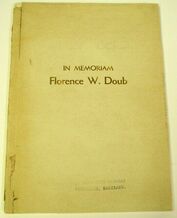 As her body was laid to rest with other family members at a very well-attended funeral service, those on hand likely thought that this humble woman’s life work and influence was a much greater masterpiece than any of her single art pieces or associated prizes. A memorial tribute was published by the Frederick Art Club in the form of a pamphlet shortly after her death claims: “Though her life was confined to Frederick, she held a wide-ranging view of what constituted art and felt that everyone had some sort of creativity if it could be identified and nurtured.” Miss Doub's position with the Frederick Art Club would be filled by Miss Helen Smith. The club continues to go strong, now in their 125th year. (Author's Note: I was unsuccessful in finding Florence W. Doub's middle name. Secondly. I could not find any visuals of Miss Doub's artwork, but am sure that many residents and repositories such as MSD and Hood College have valuable pieces within their collections. Feel free to send me jpgs of her work and I will add these to the story for further enhancement. )
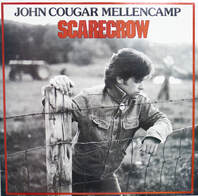 As one of the most risqué titles in my five plus years of writing this humble “Stories in Stone” blog, I can assure you that this week’s offering has nothing to do with Indiana-born, singer-songwriter John Cougar Mellencamp. I simply took poetic license from a song featured on this Rock and Roll Hall of Famer’s eighth album entitled Scarecrow—released in the waning months of my senior year of high school (1985). You may recall Mellencamp’s catchy salute to 1960’s music with “R.O.C.K in the U.S.A.,” the third single from the fore-mentioned Scarecrow which reached #2 on the Billboard Hot 100 chart. It followed two other Top 10 songs previously released from the same album in “Lonely Ol’ Night” and “Small Town.” Where did the last 37 years go, as it truly seems like only yesterday, right? Gravestones come in all shapes and sizes. While some take the shape of the standard rectangle, others have been crafted into ornate obelisks, crosses and beautiful angels placed upon pedestals. This is a far cry from early, or more primitive grave markers still found in family farm burying grounds and remote places once considered on the frontier of American civilization. Here, rocks and boulders were used to memorialize the decedent. Of course, one can find this with surviving graves of native aboriginal peoples and former slaves of the Colonial period. There are over 40,000 monuments and markers here in Frederick’s historic Mount Olivet. Interestingly, I know of at least two instances in our cemetery where we have large boulders marking gravesites in lieu of traditional tombstones and fancy works carved in marble or granite. Although rustic in appearance, both of these examples are just as artistic and meaningful in their purpose of memorializing their respective decedents. The first of these can be found in Area E, one of the oldest and most prestigious sections of the cemetery as it constitutes the eastern slope of “Cemetery Hill.” Of course, the symbolic and spiritual aspect of graves facing eastward added to the popularity of this locale, especially at a time long before Costco and the truck stop that predated it. You could view from this vantage point a scenic and pastoral landscape, boasting a rolling countryside south of Frederick Town and dotted with farms and forests surrounding the old Georgetown Turnpike. In time, of course, would come intersecting superhighways in the form of I-70 and I-270, sparking the grand commercialization of Evergreen Point. While beggars can’t, or shouldn’t, be choosy, the baseball field complex (and adjoining parking lot) is a favorable neighbor here as it could be a shopping plaza or the highway itself. Thankfully when these lots were first bought, utilized and visited by immediate family members and those of the next few generations, the location afforded a greater sense of peace and tranquility, but such is growth and progress. A salute to the atmosphere of the 1860s instead of the 1960s as John Mellencamp’s song memorialized. A collection of prominent early Frederick families are buried here in Area E with names such as Ross, Worthington, Goldsborough, Johnson, Brengle and Tyler. You’ll also find former subjects of this blog in the personages Margaret School Hood, Elihu Rockwell, Peter Mantz and Dr. Charles McCurdy Mathias. A reminder of earlier times of our “Garden Cemetery” roots, comes with an odd and eye-catching monument found on grave #4 within Area E’s Lot 102. The mortal remains of one Harriet Catherine Hanshew were placed here on October 29th, 1883. What grabs attention the most with this large boulder is the puzzling, yet dutifully carved, identification on its face—“Hallie.” I would come to learn that “Hallie” was Harriet Hanshew’s nickname, although it doesn’t appear as so in her obituary or in census records. I did, however, finally find it within a list of fair premiums connected to the 1860 Frederick County Agricultural Exposition. Outside of Academy-Award winning actress Halle Berry, I was unfamiliar with this name and the different spelling utilized upon this rock. This prompted me so to do a little research. On a website entitled ohbabynames.com, I found the following etymology regarding the name Hallie: “Hallie was in regular usage during the late 1800s and at the turn of the 20th century. It turns out that Hallie is actually a diminutive form of the old-lady name Harriet (much like Hattie). Harriet is actually a female version of Harry which itself is an English diminutive of Henry. Henry is the English form of the German Heinrich meaning “ruler of the home”. Harry is also sometimes considered a short form of Harold which is also Germanic for “ruler of the army." So over 100 years ago when we see Hallie in use, we understand this as an independently given name derived from Harriet. In which case the name would be pronounced HAL-ee instead of HAY-lee (as In Halle Berry). Today, however, Hallie is just another commonplace respelling of Hailey (a tremendously trendy and currently overused female given name). Hailey is derived from an Old English surname meaning “hay clearing” to describe a topographical location. The etymology of Hallie as derived from Harry is much more powerful (meaning “ruler”) so we like this origin better.” According to our cemetery records, I found 18 decedents with the moniker of Hallie. One of these can be connected to this rock, but may not be under it. Hallie Cecelia Hanshew was born on December 21st, 1841 here in Frederick. She was the daughter of Henry Hanshew (1785-1862) and wife Catherine Susan Stover (1801-1892). Henry was a private in the 1st Regiment of the Maryland Militia from August 25th-Sept 27th, 1814. He served under Captain Henry Steiner and his Artillery detachment. According to the 1850 US Census, the Hanshews can be found living with Mrs. Hanshew’s mother, Margaret (Hauer) Stover. Margaret was a sister to the famed Barbara (Hauer) Fritchie, making Catherine (Hanshew) a niece, and our subject Hallie a grandniece of Frederick’s famous flag-waver. Hallie was the ninth of nine children. She and her siblings helped in the family business of skin dressing. Certainly not a glamorous profession, skin dressers are involved with the preparation and dying of furs and skins to make them suitable for the manufacture of clothing. More specifically in our case, the 1860 US census lists Hallie’s dad, Henry Hanshew, as a glove maker, and a neighbor to the Fritchies. He worked with Barbara’s husband, John Caspar Fritchie, also known to be a glove maker. In my research, I was only able to uncover two references to Hallie, one in childhood and one in adulthood. The first is from lecture delivered to the Lancaster County Historical Society in the early 20th century. This speech was later published under the title: A Lancaster Girl in History, written by John H. Landis, and published in 1919. Below is the portion of that work which briefly mentions Hallie and a supposed role in the Barbara Fritchie incident of September, 1862: A second mention regarding Hallie Hanshew came within a biography on Dr. Franklin Buchanan Smith (1856-1912) that can be found in a book entitled Men of Mark in Maryland (Vol. 3), by David H. Carroll and Thomas H. Boggs. The passage from this book, published in 1911, reads as follows: “Doctor Smith had the advantages of an excellent education. His rudimentary education was received under Miss Hallie Hanshew, niece of Barbara Fritchie. He attended Frederick College, and then went to Princeton University, where he was graduate in 1876. After deciding to enter the medical profession, he took up his studies in the medical department of the University of Pennsylvania and was graduated in 1878, being one of the three prizemen of that year, i.e., that in Anatomy; and began the practice of his profession at Frederick in that year, after being substitute resident physician for six months at Blockley and Presbyterian Hospitals, Philadelphia.” This bears witness to the fact that Hallie Hanshew worked as a teacher at the Old Frederick Academy, once located on Council (formerly Counsel) Street in downtown Frederick. Just as she had in life, many of her Courthouse Square neighbors surround her in death here in Area E. I’m assuming Miss Hanshew’s career here at the school took place in the early 1870s, although it is not verified by either the 1870 or 1880 census records. Hallie never married and can be found living with her mother in the 1880 census. I assume this home was the same she had lived in her entire life on the south side of West Patrick Street near Carroll Creek. She would die just a few years later in 1883 of consumption. This disease is also known as tuberculosis, a progressive wasting away of the body especially from pulmonary tuberculosis. Hallie was buried in Mount Olivet in the Hanshew lot, however upon further review, I found two stones bearing her name. The first of these is quite peculiar and puzzling. Atop this supposed grave, would be placed a monument that resembles a boulder more than a traditional tombstone. On its face, the carved letters that form “Hallie” look as if they are formed of trees or plants. It’s the only one of its kind in a large Hanshew compound consisting of four lots and boasting 34 individuals surrounding a principal obelisk featuring the family name in the center. In studying our cemetery lot cards, I found another grave site accredited to Hallie C. Hanshew. This was immediately to the right of her father’s grave, however it is not pictured on the popular www.Findagrave.com site that we often talk about on in this blog. Perhaps the reason that I missed this stone, along with Findagrave volunteers, lies in the fact that the traditional marble gravestone is down and off its pedestal. It seems to be a straightforward repair, as the pins are still intact to the dye of the monument, but need to be properly fastened back in place and leveled. I did my best to hold up the stone in its upside-down state so I could get a picture. Without additional information, I’m assuming this latter stone marks Hallie’s original gravesite, however, I have no earthly idea about the Hallie boulder stone just up the hill in the Hanshew lot. “A Wish Fulfilled” A much more pronounced boulder memorial than Hallie’s can be found a few hundred yards south in Mount Olivet’s Area Q. Here, under the shade of a large tree at the base of Cemetery Hill, you can find more descendants of the famed Johnson family originally hailing from southern Maryland’s Calvert County. Of particular curiosity is the grave monument of Dr. William H. Johnson’s first-born son, William Channing Johnson (b. 1866) and his wife Laura Fauntleroy Johnson. Not a direct descendant of our first governor and local high school namesake Thomas, William Channing Johnson and his father and four siblings found in this cemetery lot are direct descendants of T.J.’s brother, Roger Johnson. Roger Johnson was a major in the American Revolution and had established an early iron furnace in southern Frederick county in the late 1700s at the foot of Sugarloaf Mountain. This operation was located just east of where MD route 28 (Dickerson Road) crosses the Monocacy River. Johnson had built a house in 1812 up the hill to the northeast of this furnace site on this estate he named Rock Hill. Its location can be reached by Dr. Belt Road. The Rock Hall mansion was built of red and white quartzite rock, also used to build the nearby C&O Canal aqueduct over the Monocacy River and quarried on the property. The oldest section remains stone, and the addition has stucco over stone. Records show the stone mason was paid $550 for building the shell of the house. The home would be owned by Magill Belt a century after its original construction and was among the musings of author William Jarboe Grove in my favorite Frederick heritage-related work entitled: The History of Carrollton Manor (published in 1921). Mr. Grove states in his book: “Pig iron from Johnson’s furnace was processed into bar iron, the article of commerce, at the Bloomsbury Forge near Urbana, the two operations being connected by barge along the Monocacy and Bennett Creek, and by Mount Ephraim and mountain roads built by the early enterpriser.” Roger Johnson’s principal home is still standing about a half mile from Rock Hall. He died in 1835 at the age of 82 and may, or may not, be buried in Mount Olivet. Our records refute this claim, however there is a memorial stone for him here in Area H, supposedly erected at the time of a re-interment around 1915. Roger Johnson was originally buried in a small family cemetery at Bloomsbury, which no longer exists. I mentioned this in a story written back in May of 2017 on Roger Johnson’s grandson, Dr. James Thomas Johnson, Jr. (1828-1899). This gentleman’s father of the same name (Dr. James Thomas Johnson, Sr. (1794-1867)) would inherit Bloomsbury mansion house (on Thurston Road) the principal residence of his father Roger Johnson. James Thomas Johnson, Sr. was the brother of Joseph A. Johnson (1790-1835), the father of the fore-mentioned Dr. William Hilleary Johnson. Joseph would acquire Rock Hall, perhaps at the time of its building. Dr. William H. Johnson was born in 1827 at Rock Hall and spent a great deal of his adult life in Adamstown. He spent his childhood at Rock Hall, owned today by Maryland’s Department of Natural Resources. The old dwelling has walls that are eighteen inches thick, and the wood-work is in perfect condition. After his graduation from the University of Maryland, Dr. William H. Johnson married Laura Brashear in 1860 and, like his brother James Thomas Johnson, served in the Confederate army during the whole period of the war as a physician. At one point, his young family was positioned in Missouri where he was stationed during the Trans-Mississippi campaign. Dr. Johnson continued in the medical profession after the conflict, and for many years was associated with his son Thomas, Jr. at Adamstown. The couple had five children, all of whom are buried in Mount Olivet. Mrs. Laura B. Johnson died in 1895, and Dr. Thomas H. Johnson would join her here in 1901. Two years later, an adult daughter, named Laura Brashear for her mother, would be buried next to her parents in Mount Olivet’s Area Q/Lot 243. In time, Laura’s sister, Mary Louisa Johnson, would share the same gravestone upon her death in 1952. A few feet away is the final resting place of Anne Elizabeth “Lizzie” Johnson, who had married Robert Moffett. Mrs. Moffett was the mother of four and died in 1917. Behind her grave is that of brother Dr. Thomas Brashear Johnson, Jr., who had a very good reputation as being one of the best surgeons in western Maryland. He passed in 1925 and has an ornate Celtic Cross monument over his grave. Both stones are as artistic as they are beautiful. That leaves one remaining stone in this interesting collection of rocks that vary drastically from one another like chocolates in a Whitman sampler. The last monument to talk about is the most unique of all. While it lacks physical beauty, it more than makes up for it in personality. I only know this fact because of a special iron plaque screwed into this boulder’s backside. It begins with a title: “A Wish Fulfilled.” While it differs from every stone in the lot and section, it is one of the most fascinating in all of Mount Olivet. You see, this memorial to Mr. and Mrs. William Channing relates to the family heritage site of Rock Hall in more ways than one. We better understand by perusing the affixed placard. So, this rock boulder of gray sandstone was quarried at the Rock Hill property as were those that make up the Rock Hill mansion house, not to mention the nearby Monocacy Aqueduct, one of the most significant history spots and architectural marvels in western Maryland. Mr. William Channing Johnson was born on March 7th, 1866 according to Ancestry.com, although a plaque on his stone gives 1865 as a birthdate. The obituary below from the Frederick Post (Dec 11, 1933) paints a nice picture of the life of William C. Johnson. William Channing Johnson died on December 10th, 1933 at his home in northwest Washington, DC. His funeral service would be held there. Mr. Johnson's body would be transported to Frederick and placed in the family lot in Area Q. I’d be curious as to the preparation of Mr. Johnson’s burial boulder. Was it in storage for years before his death, or was it gotten at or around his time of passing? Regardless, it was a special “wish” this gentleman had, and was successfully fulfilled. This stone not only represents a special geographical location, but more so a Frederick County familial heritage going back three generations. “Rock On!,” as they say! AUTHOR'S NOTE: After originally publishing this story, my faithful assistant Marilyn Veek told me of yet another interesting, "au naturel" grave marker. It is a much newer addition to Mount Olivet and can be found in our Area TJ. This marks the grave of John W. Gastorf (1940-2020). From the brief text on the plaque, this small boulder seems to be very fitting of the mark of this man.
|
STORIES
|
Archives
July 2024
June 2024
May 2024
April 2024
March 2024
February 2024
January 2024
December 2023
November 2023
September 2023
August 2023
July 2023
June 2023
May 2023
April 2023
March 2023
February 2023
January 2023
December 2022
November 2022
October 2022
September 2022
August 2022
July 2022
June 2022
May 2022
April 2022
March 2022
February 2022
January 2022
December 2021
November 2021
October 2021
September 2021
August 2021
July 2021
June 2021
May 2021
April 2021
March 2021
February 2021
January 2021
December 2020
November 2020
October 2020
September 2020
August 2020
July 2020
June 2020
May 2020
April 2020
March 2020
February 2020
January 2020
December 2019
November 2019
October 2019
September 2019
August 2019
July 2019
June 2019
May 2019
April 2019
March 2019
February 2019
January 2019
December 2018
November 2018
October 2018
September 2018
August 2018
July 2018
June 2018
May 2018
April 2018
March 2018
February 2018
January 2018
December 2017
November 2017
October 2017
September 2017
August 2017
July 2017
June 2017
May 2017
April 2017
March 2017
February 2017
January 2017
December 2016
November 2016

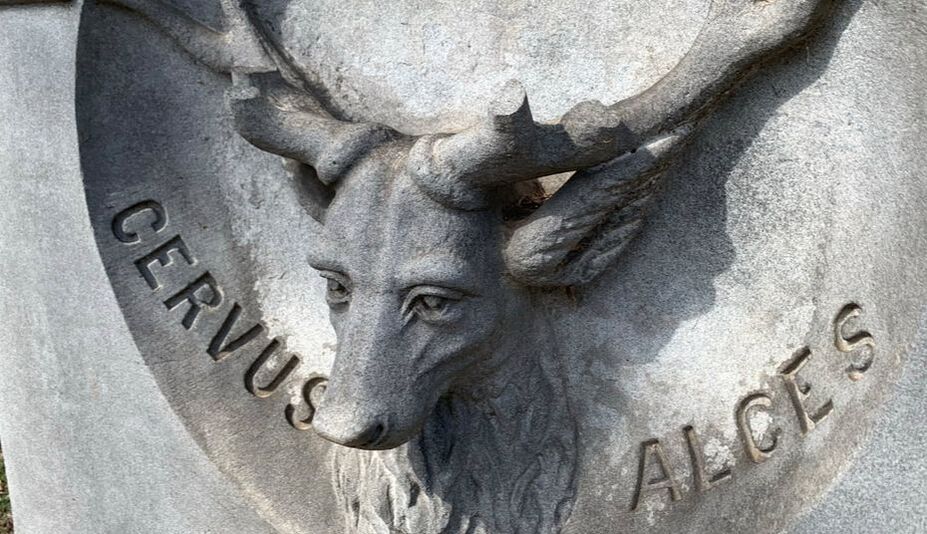
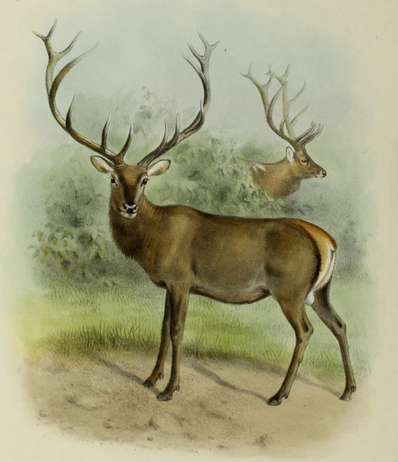
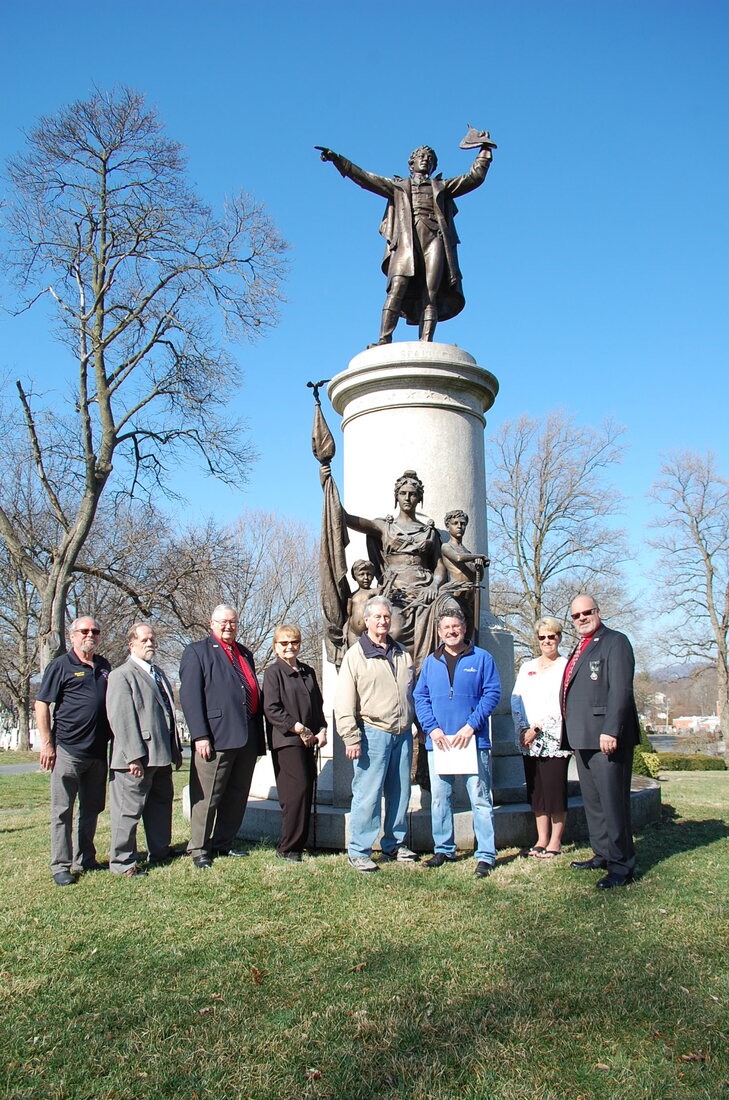
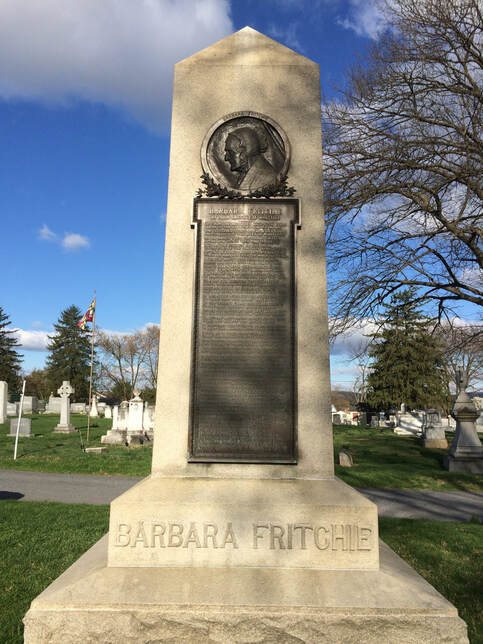
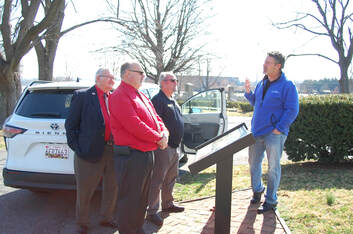

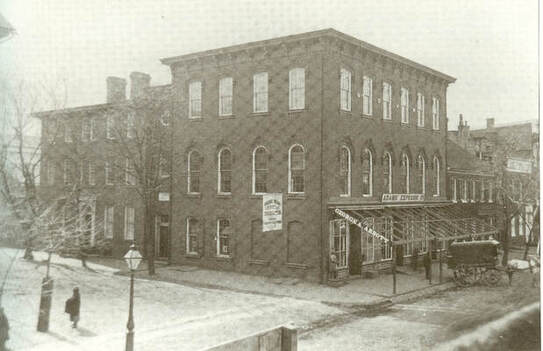
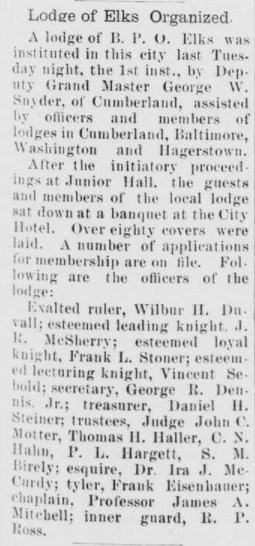
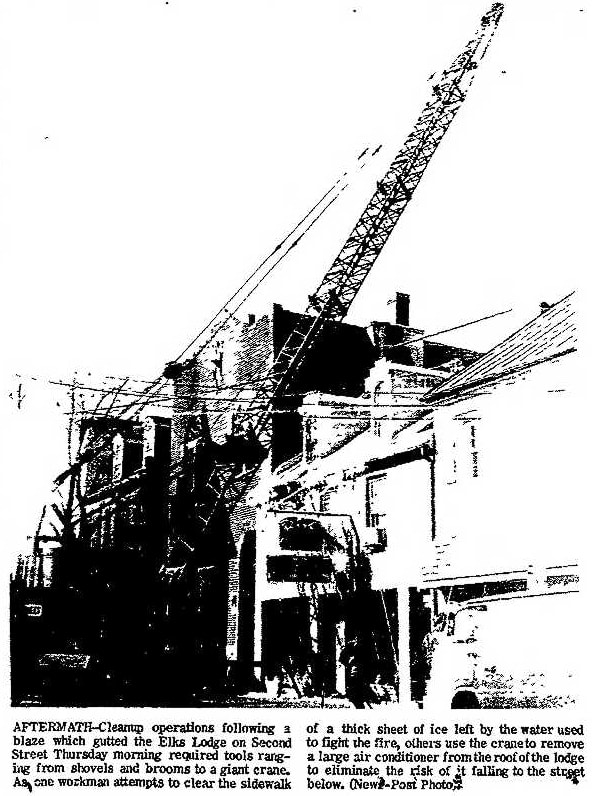
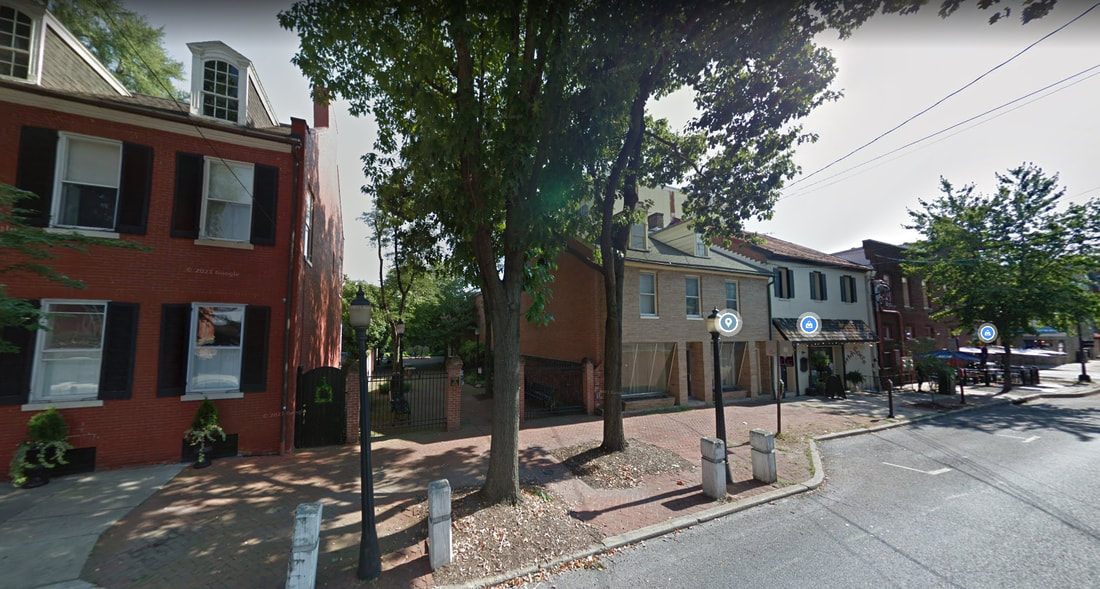
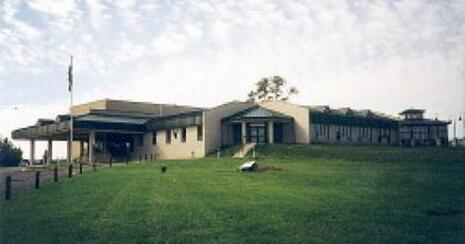
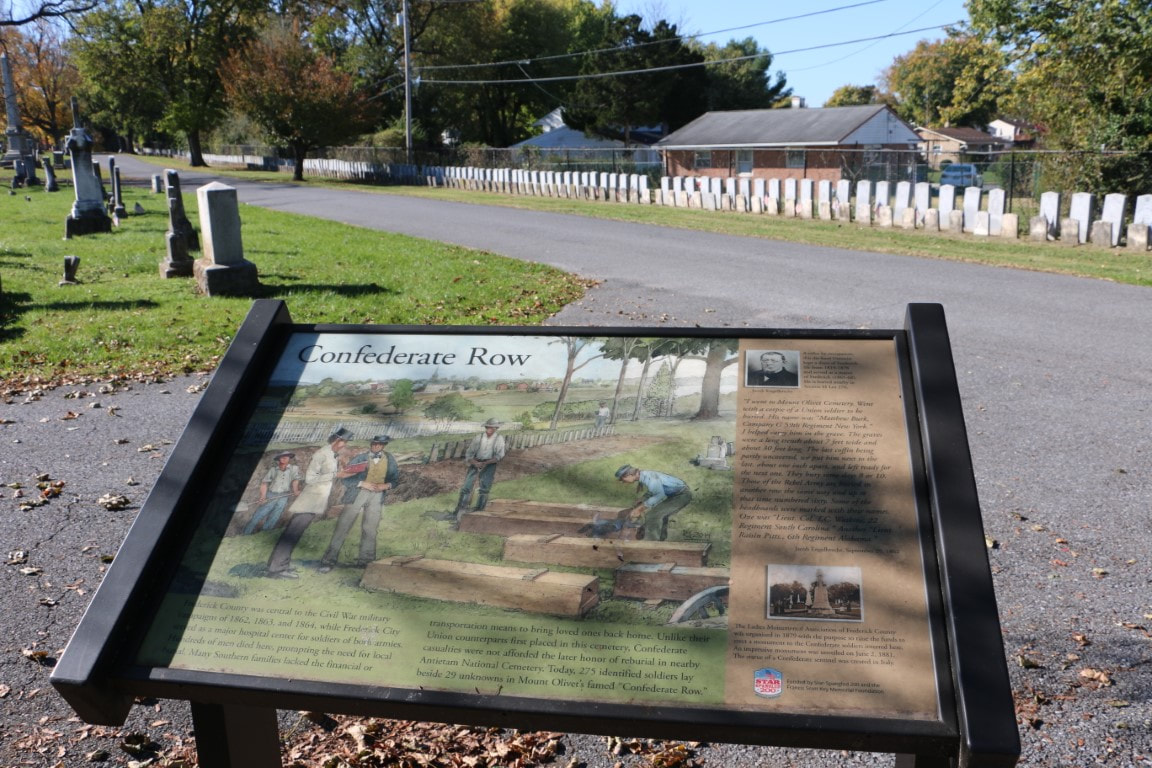
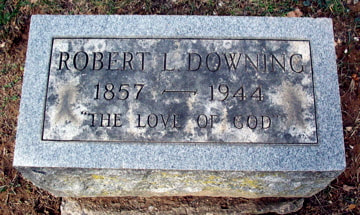
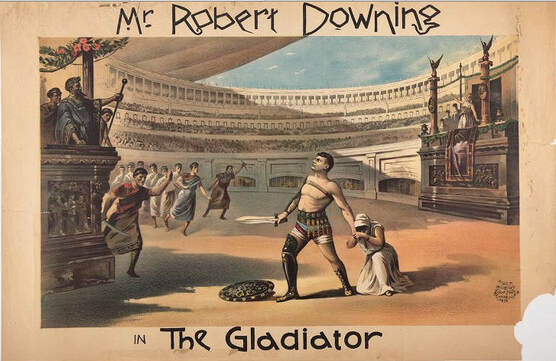
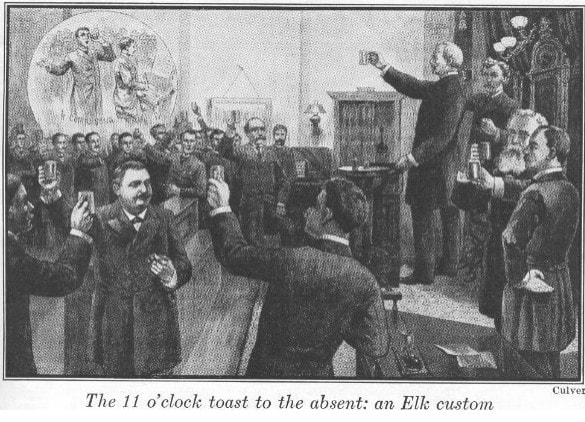
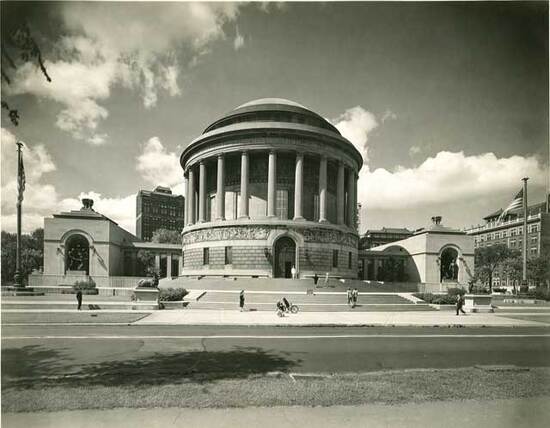
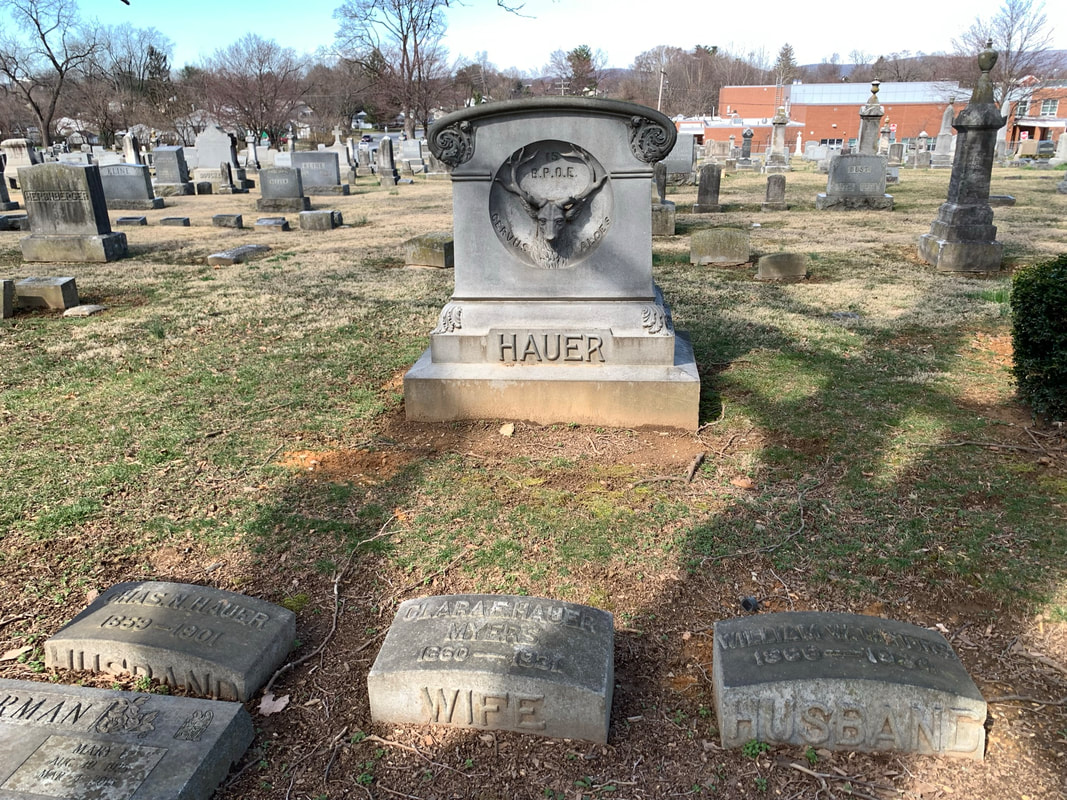
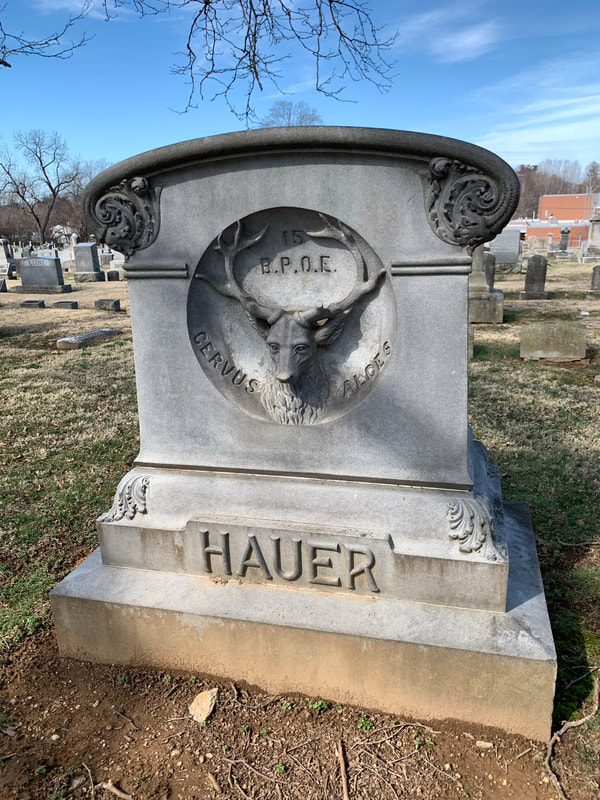
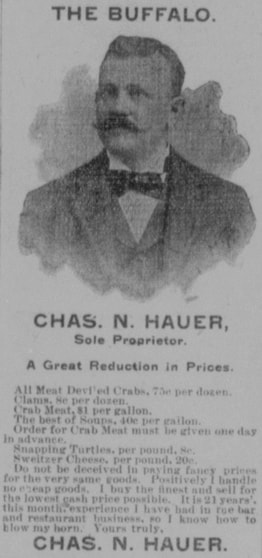
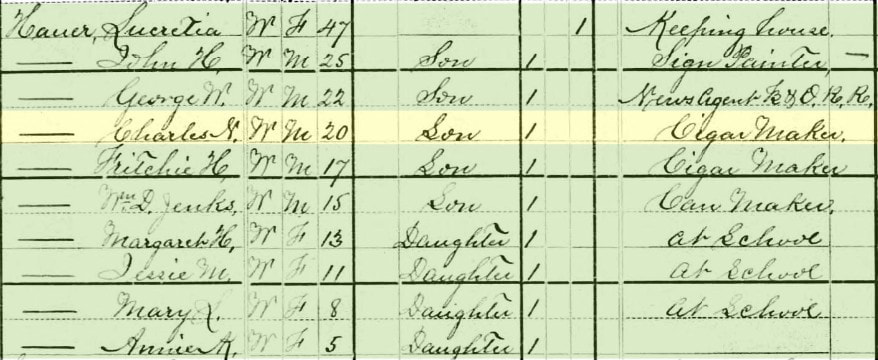
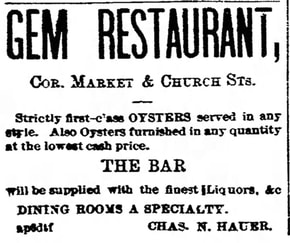
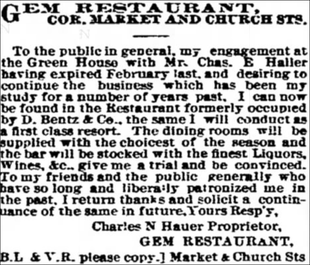
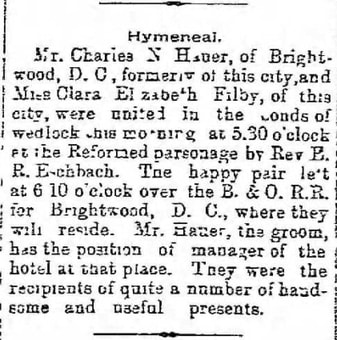
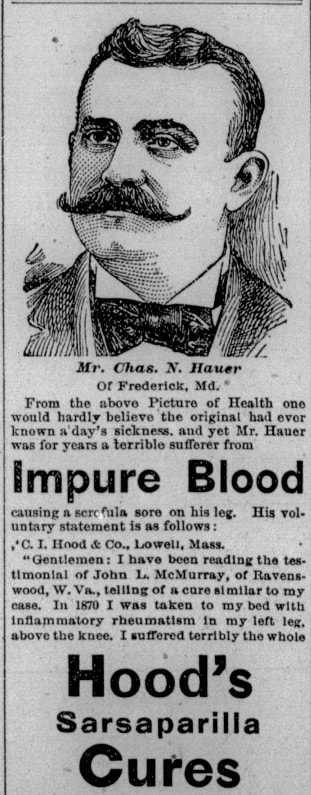
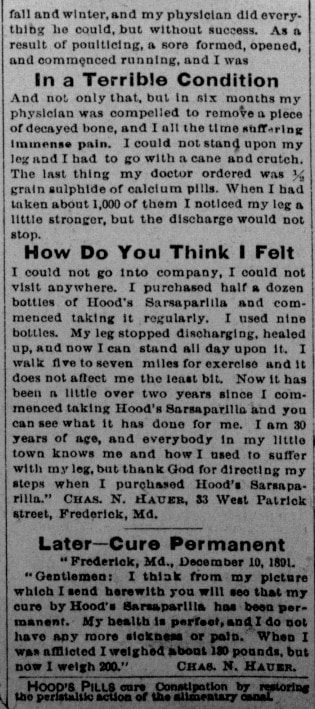
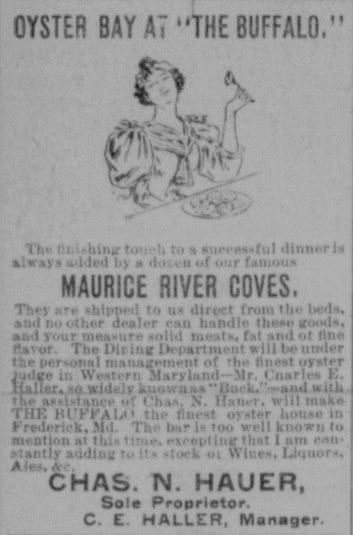
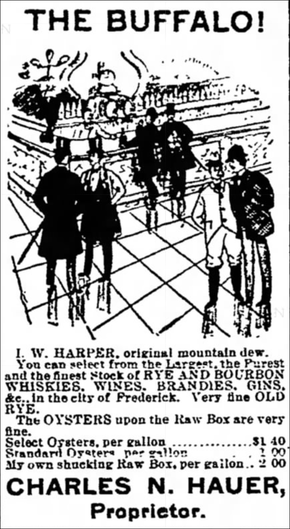
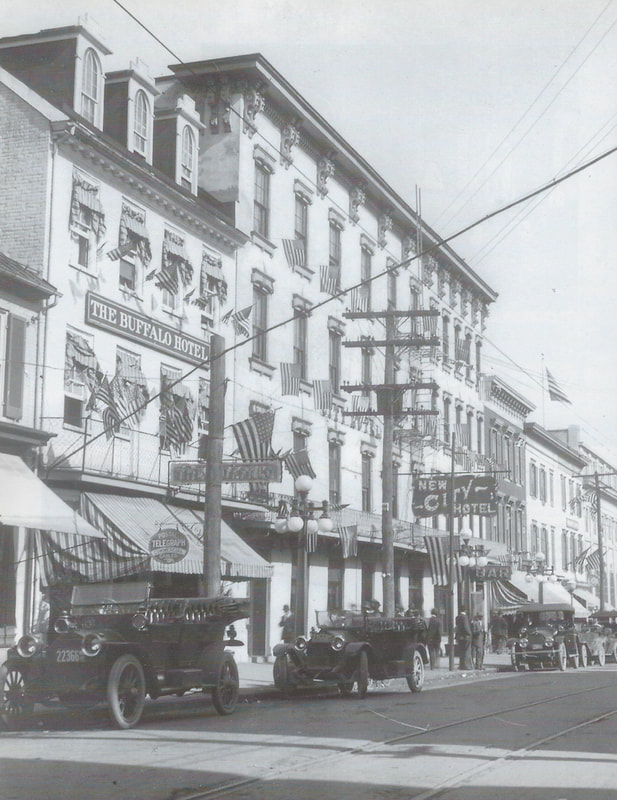
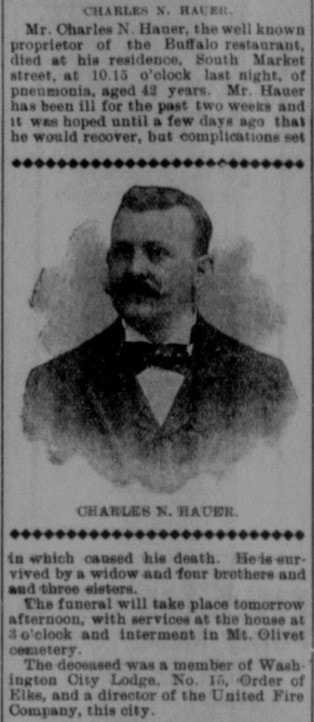
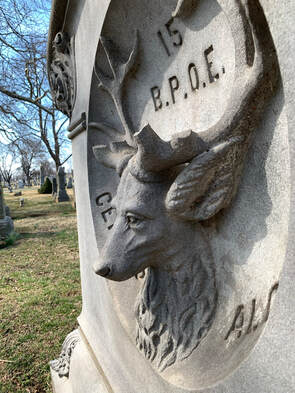
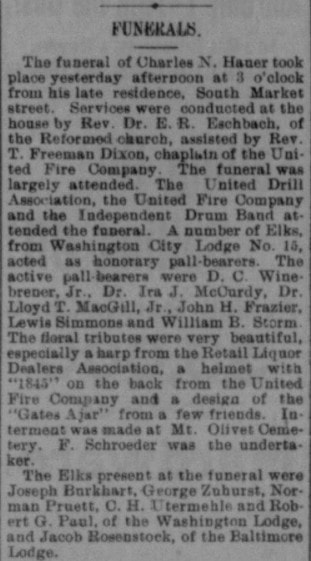
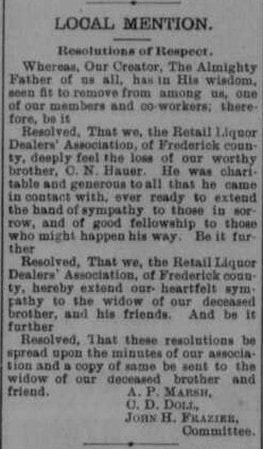
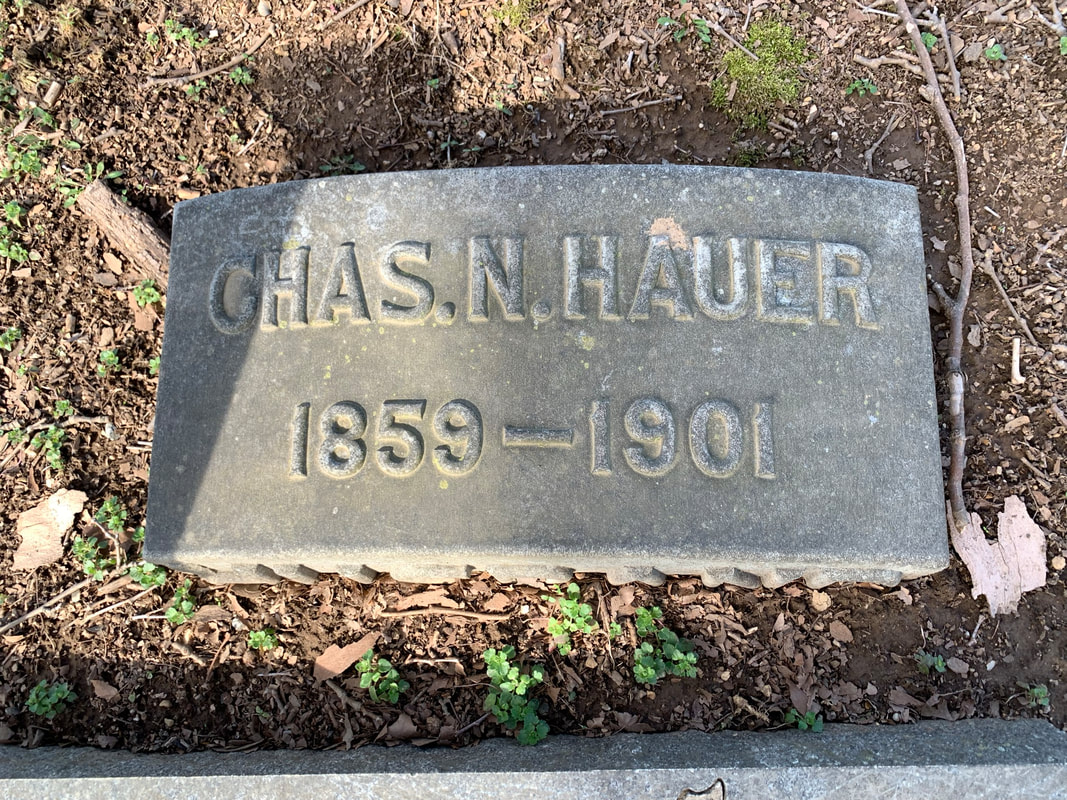
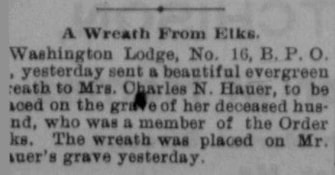
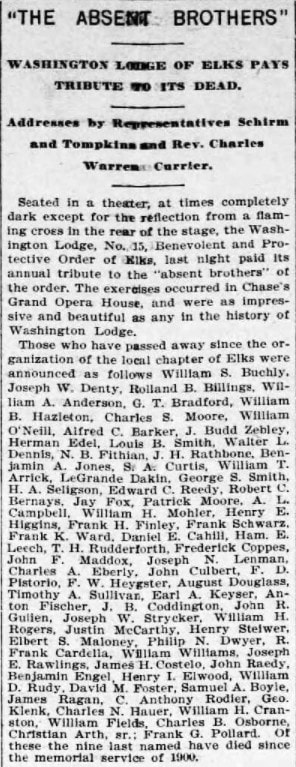
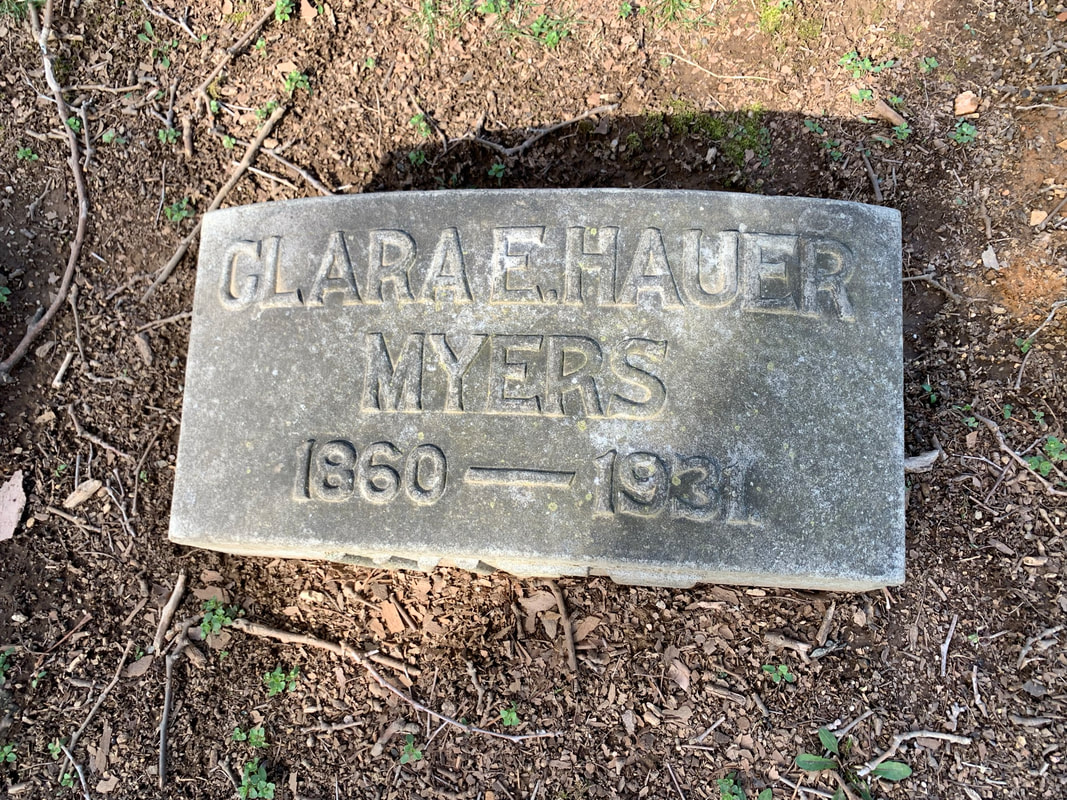
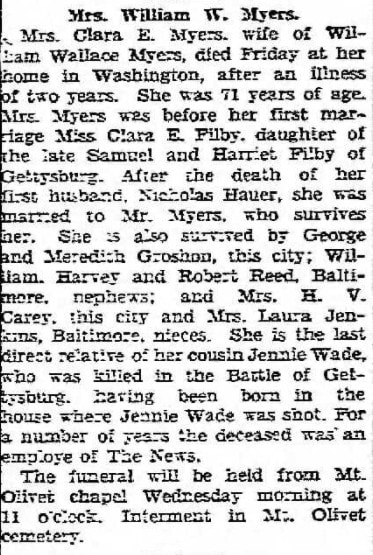
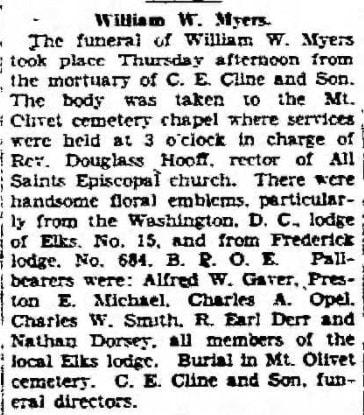
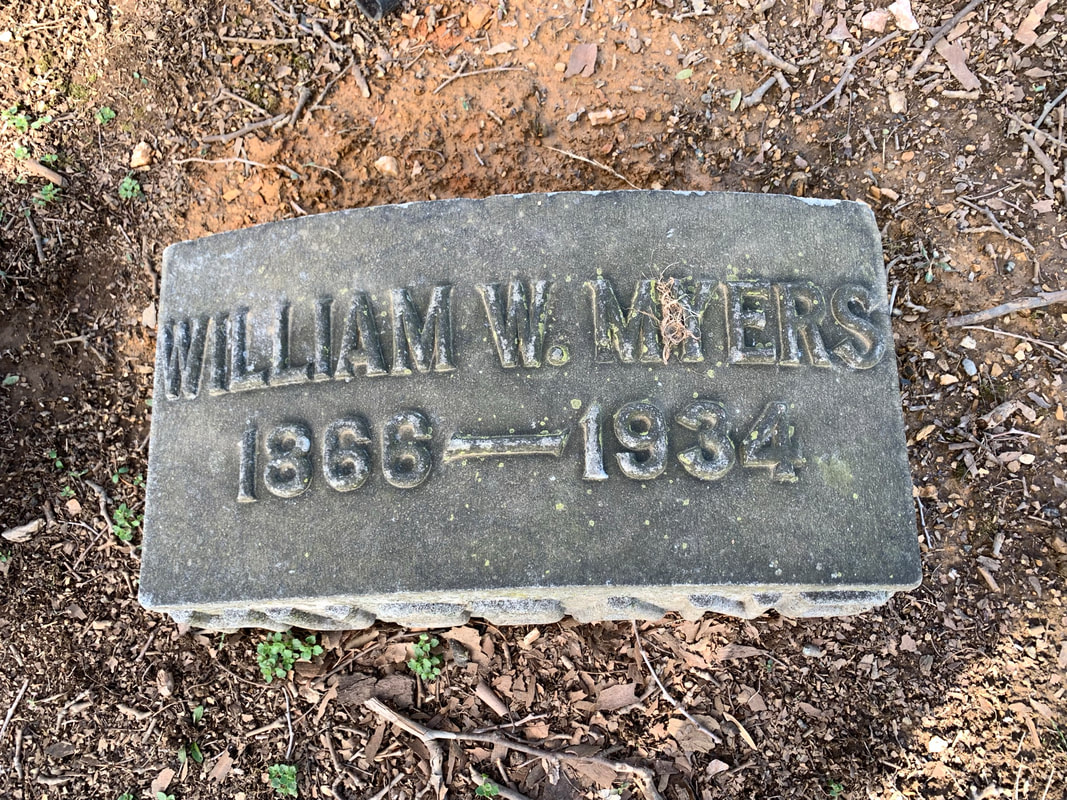
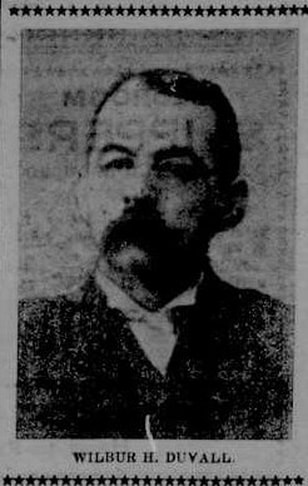
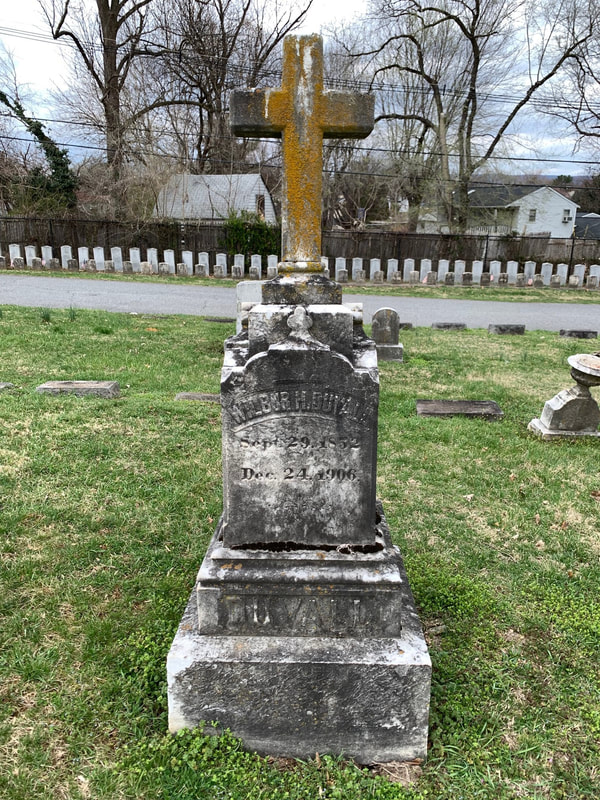
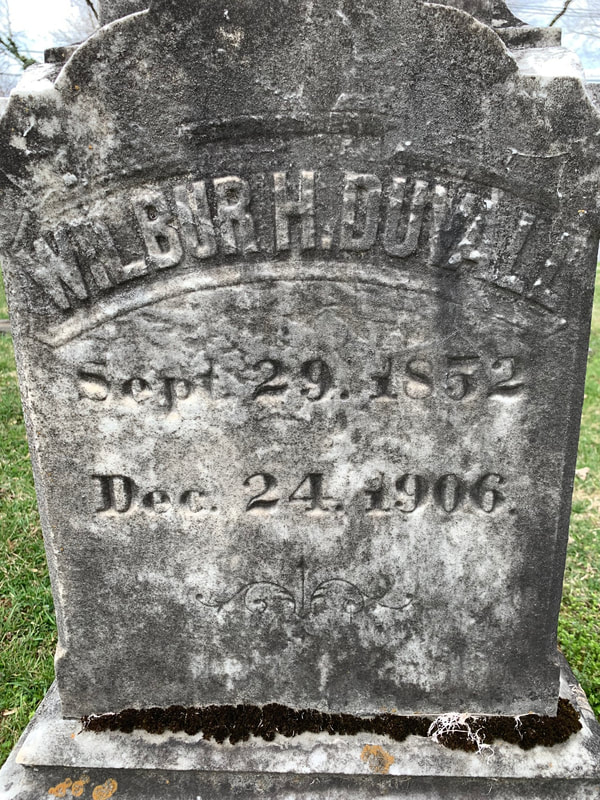

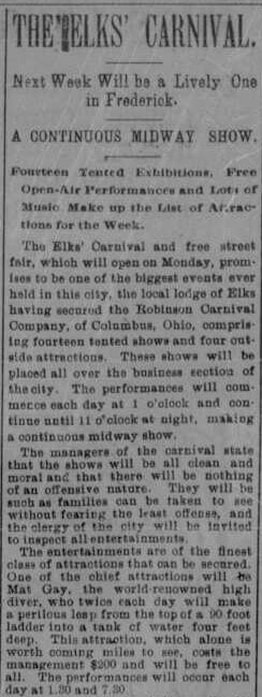
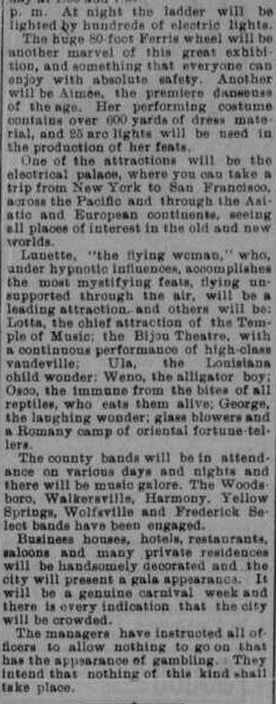
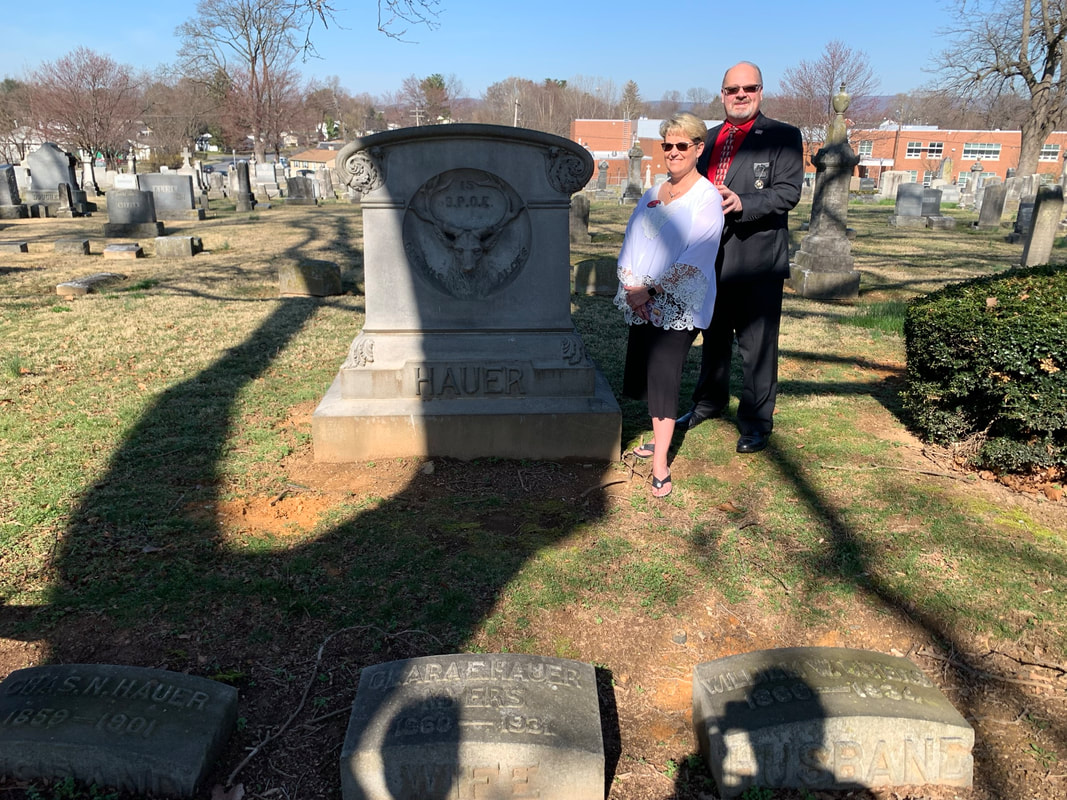
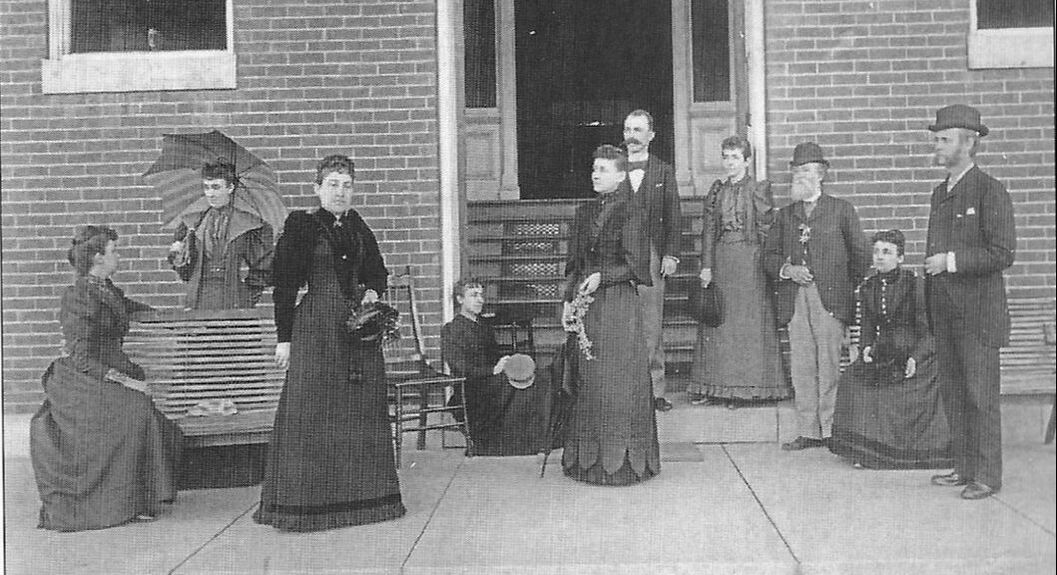
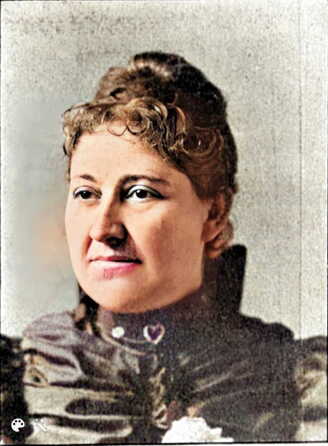

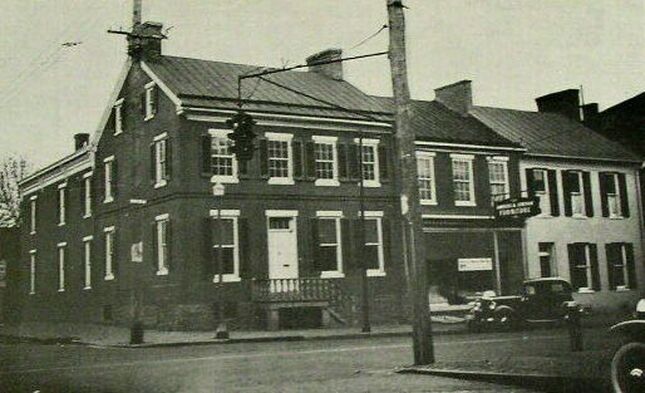
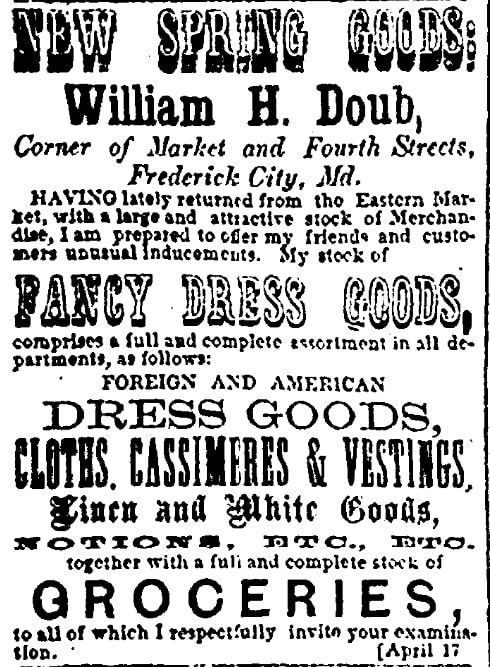
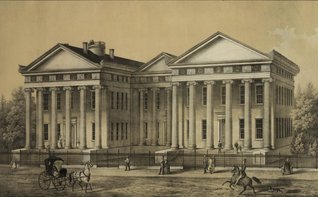
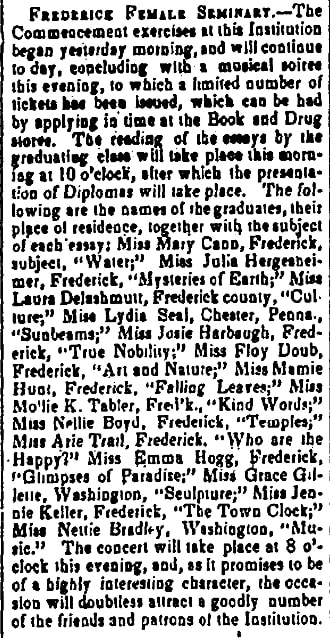
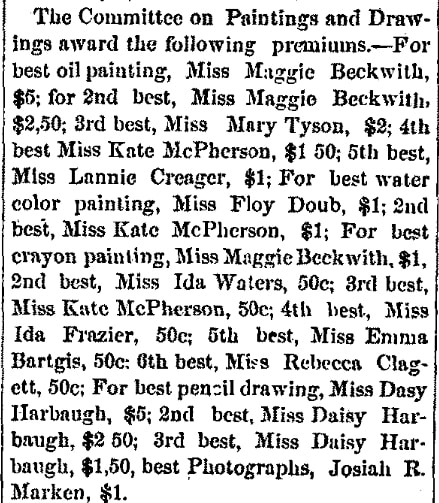
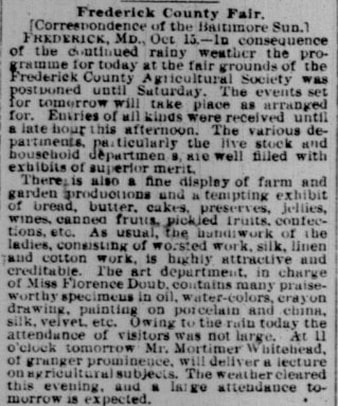
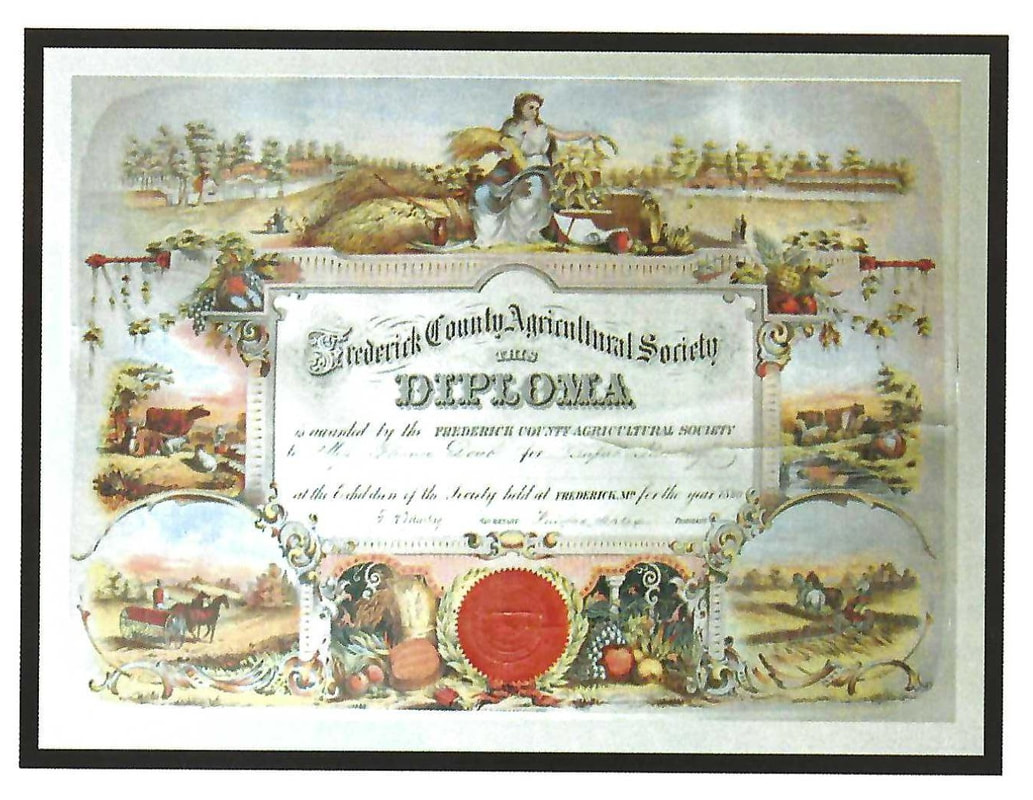
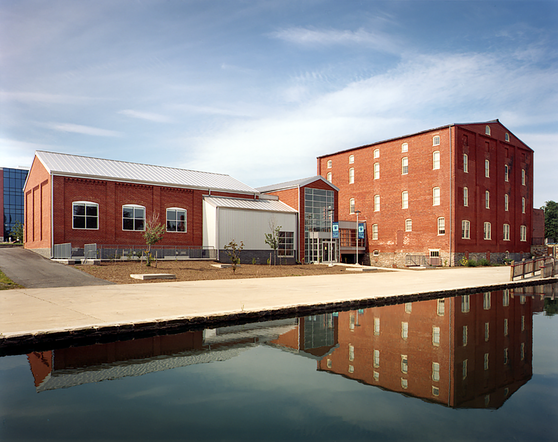
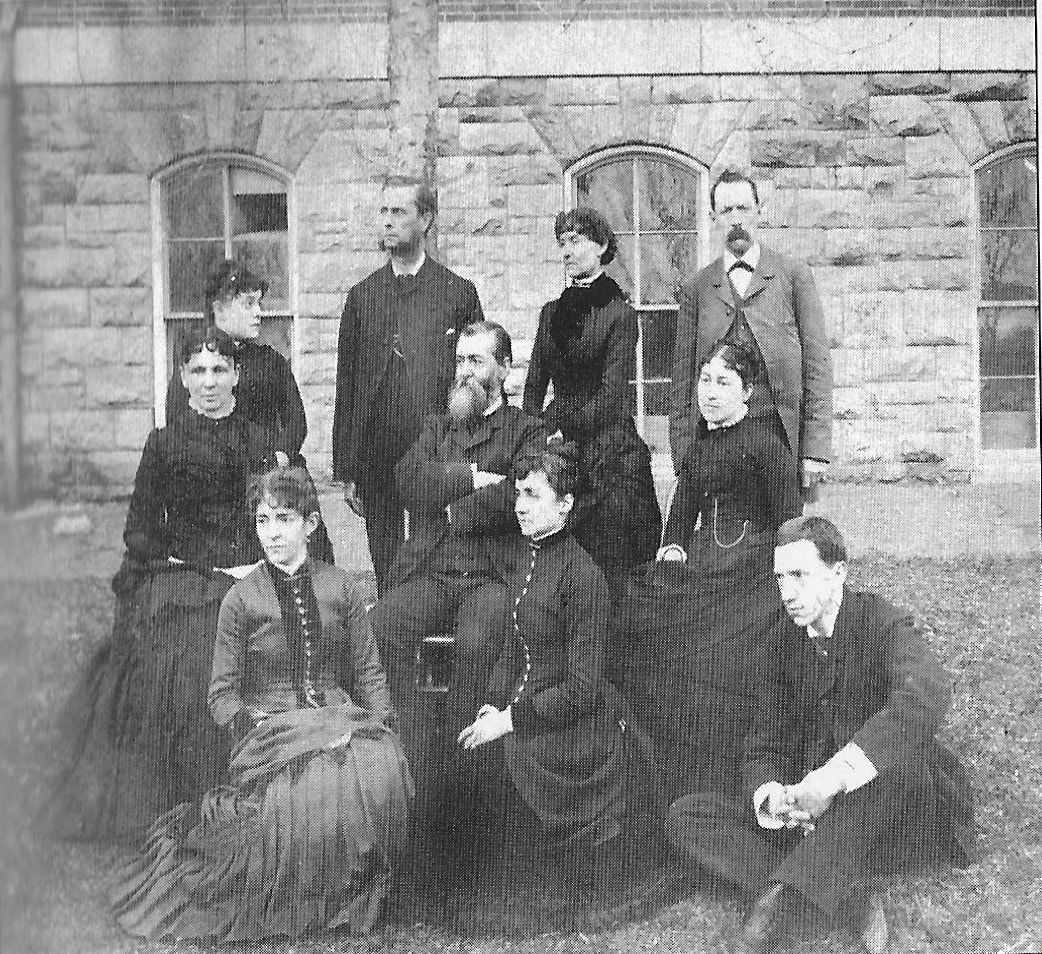
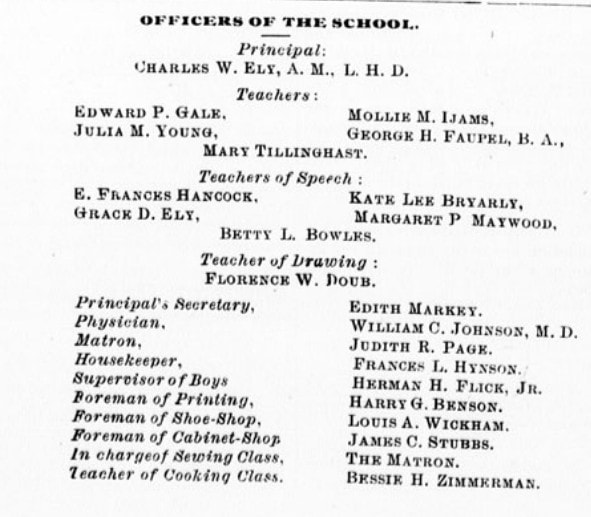

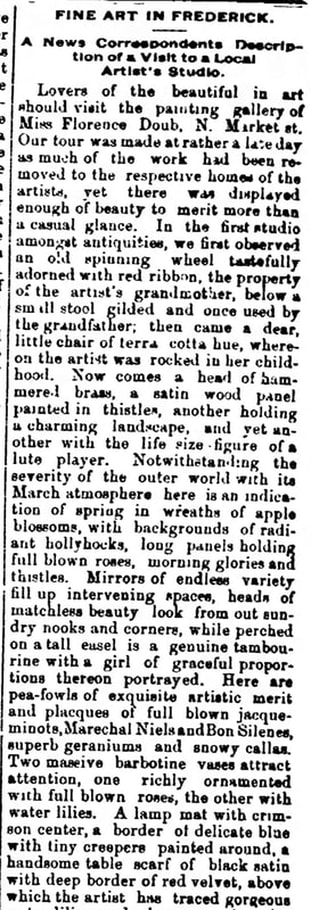

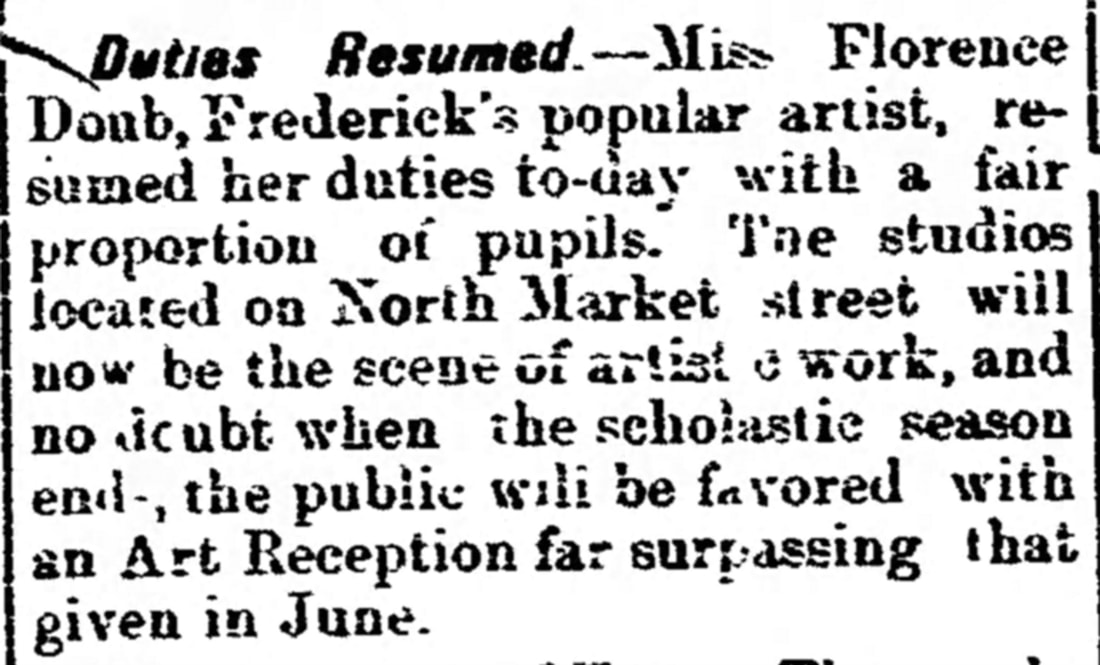
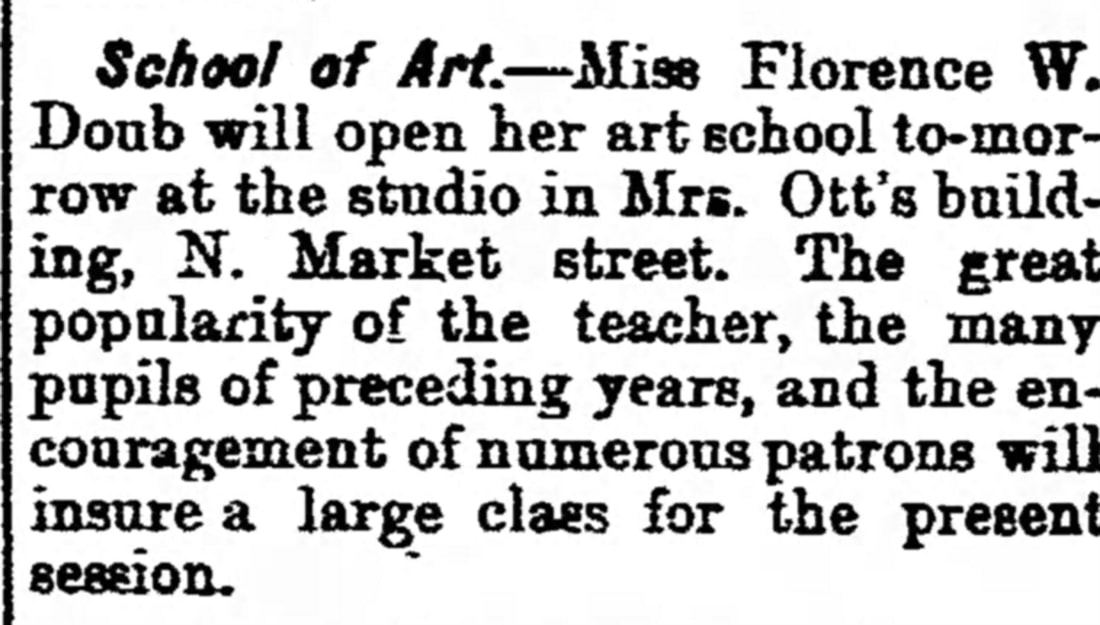

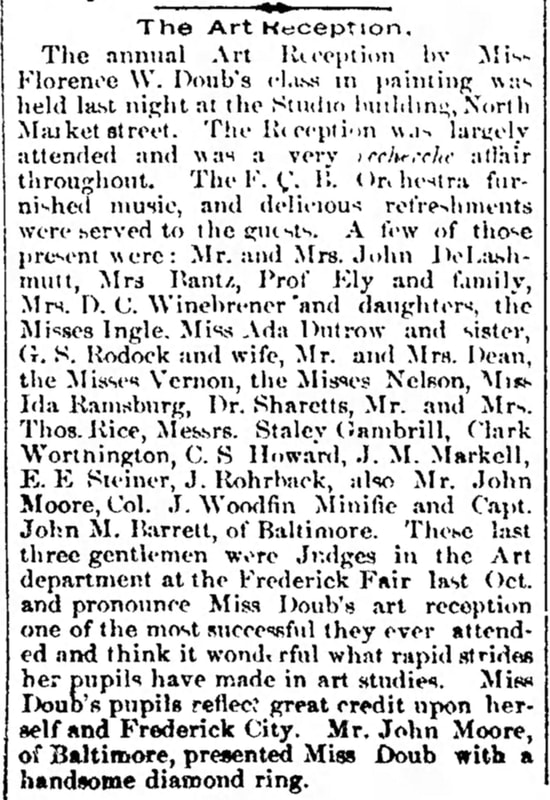
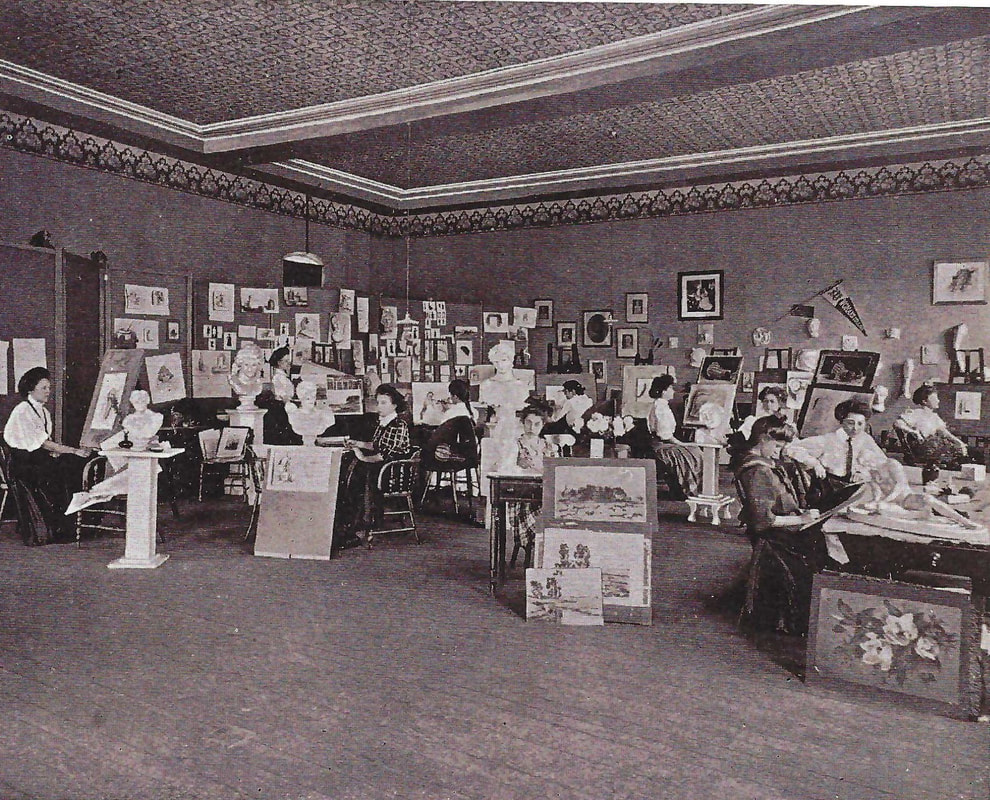
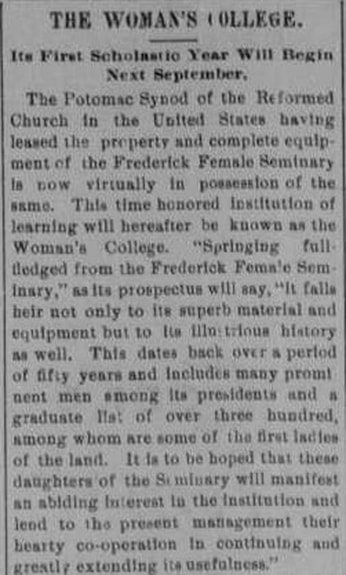
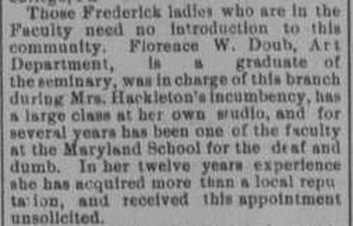
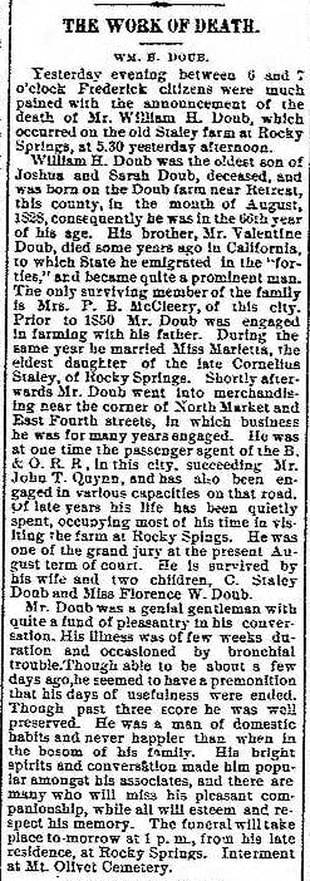
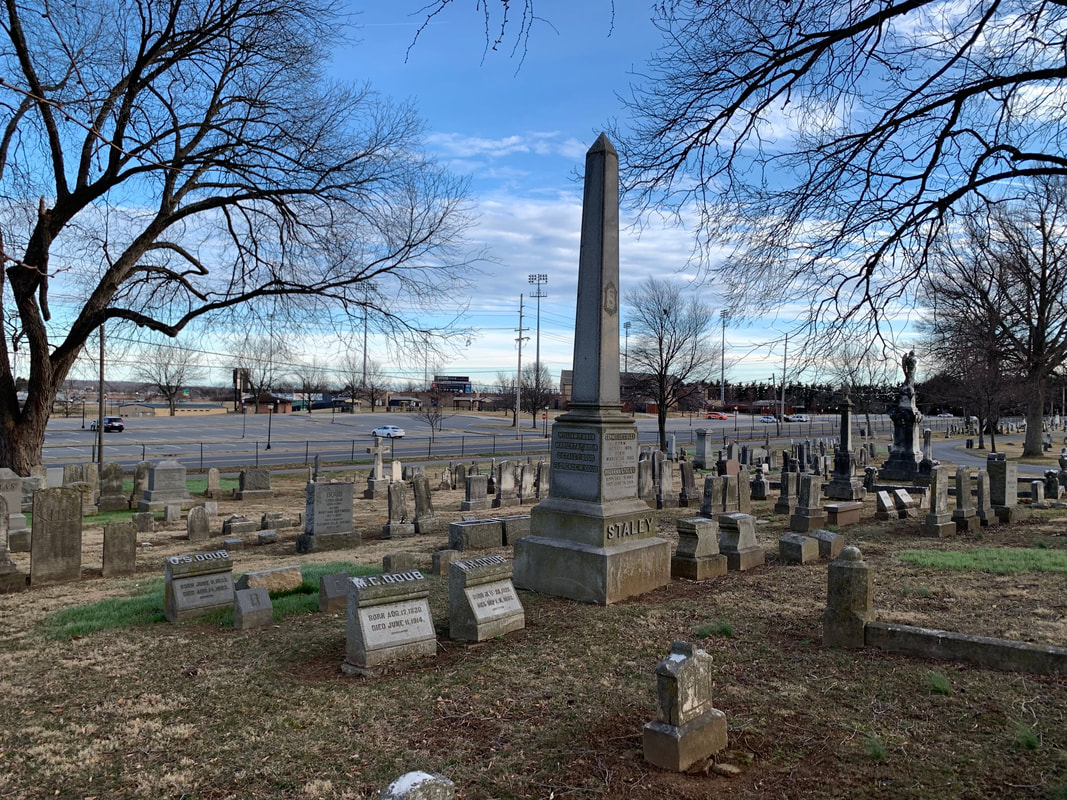
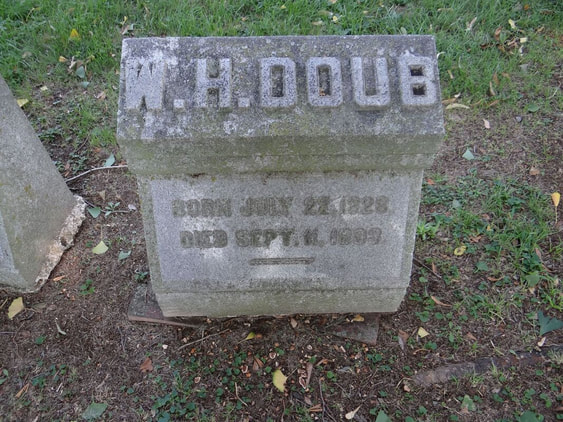
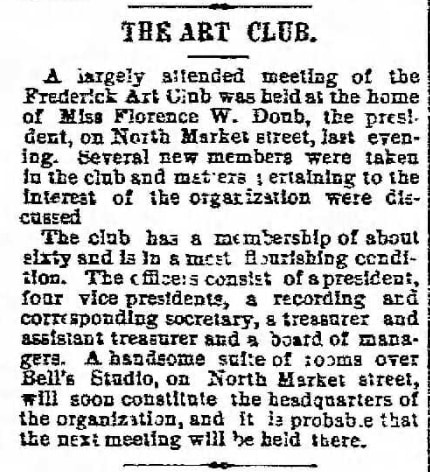
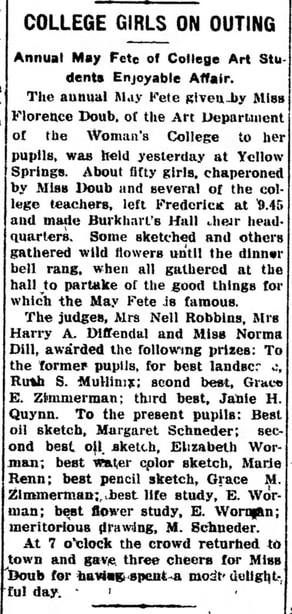
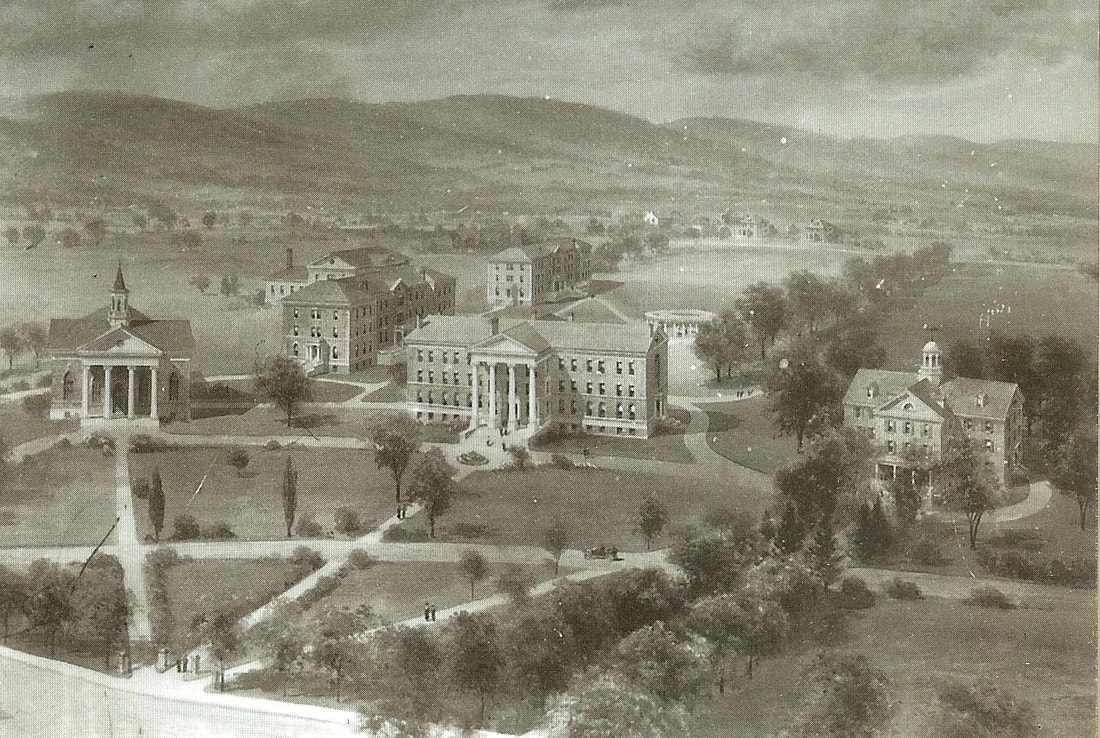
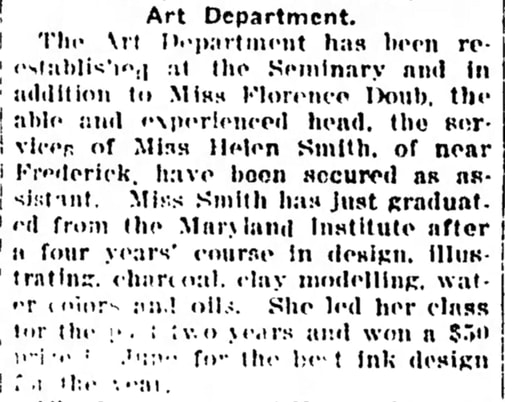
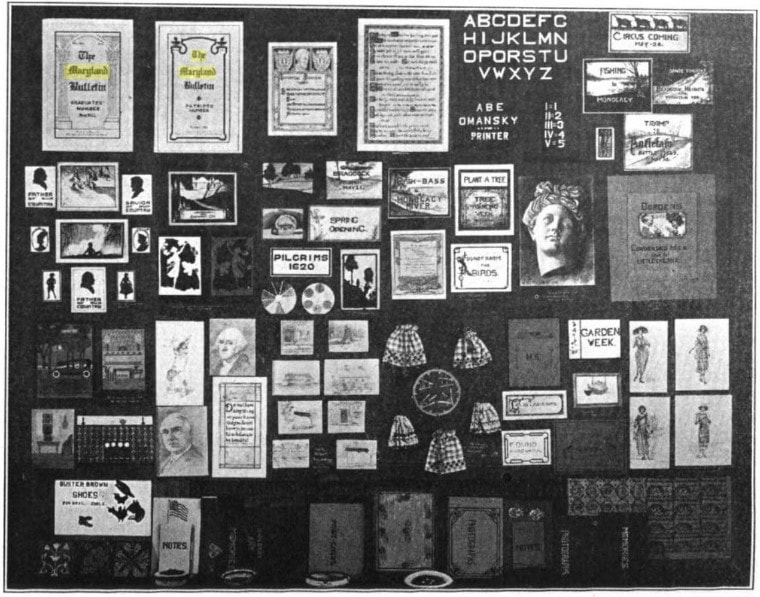
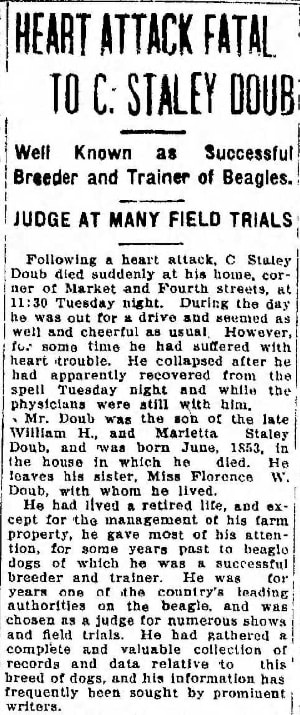
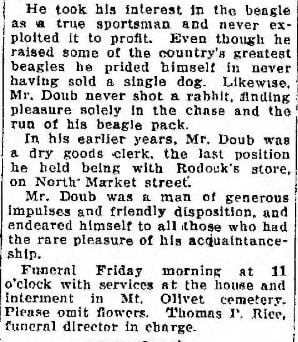
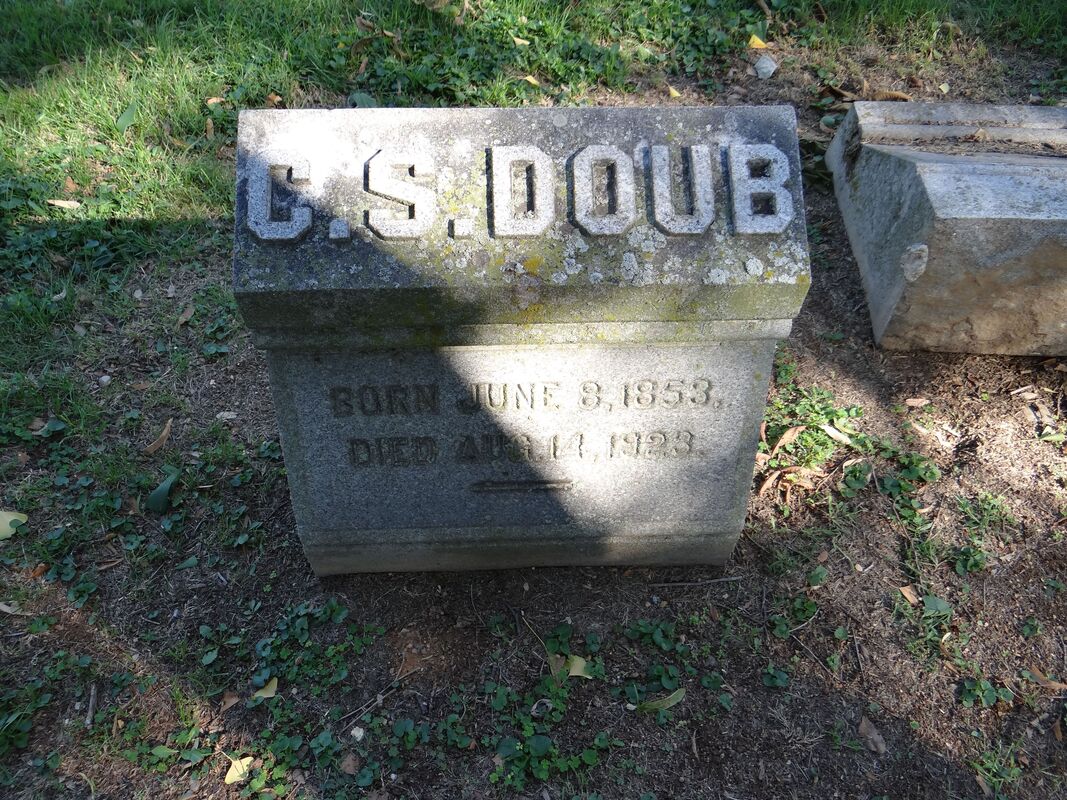
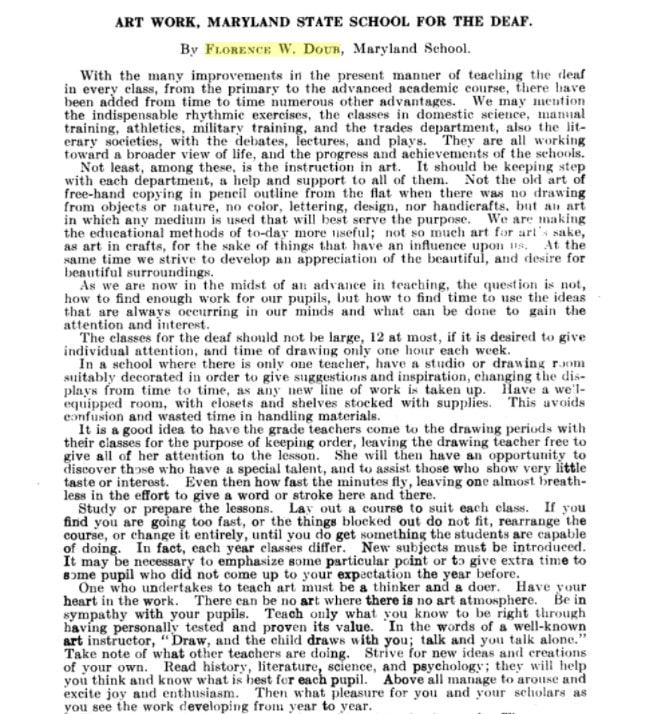
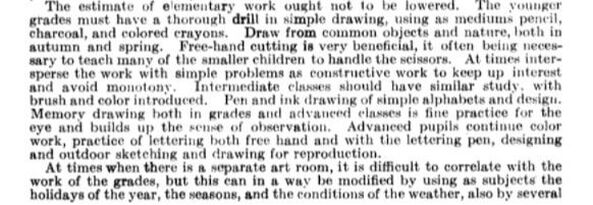
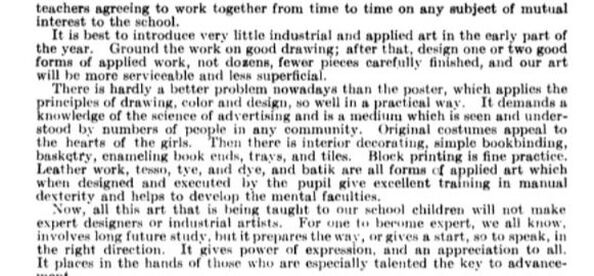
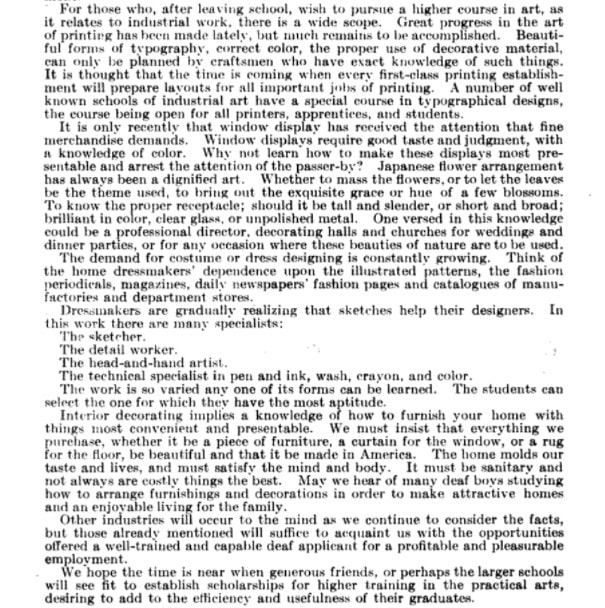
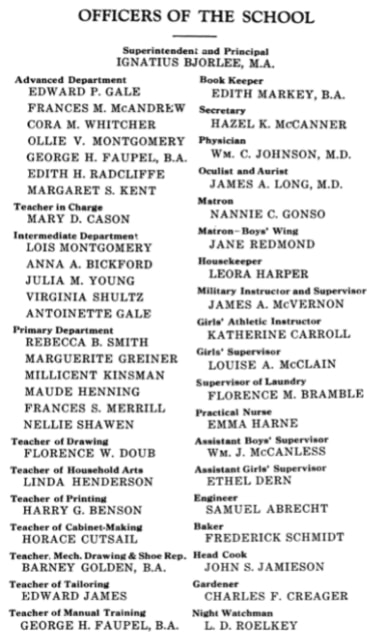
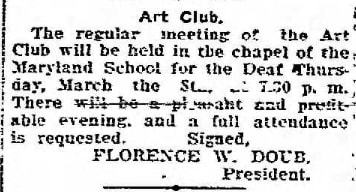
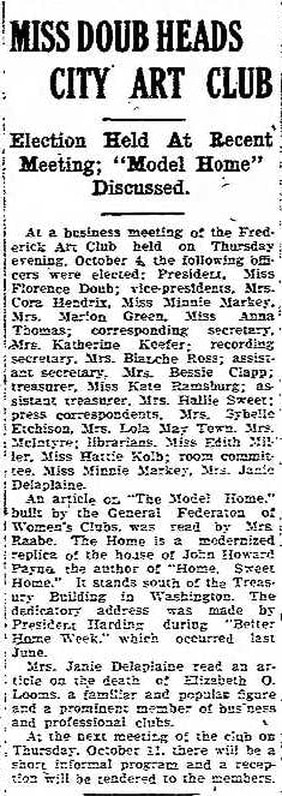

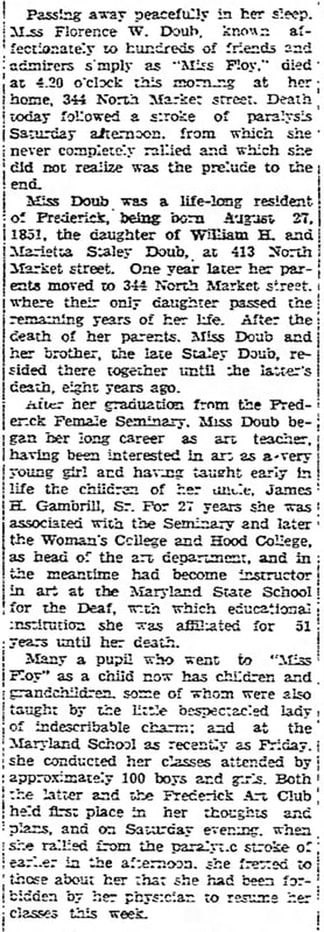

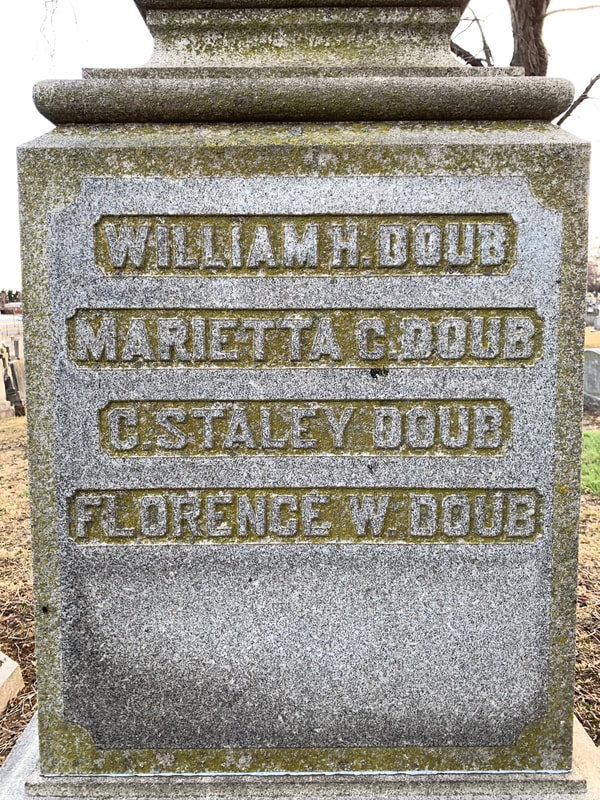
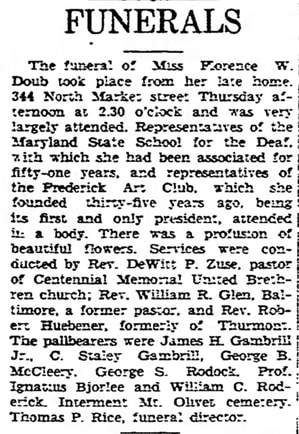
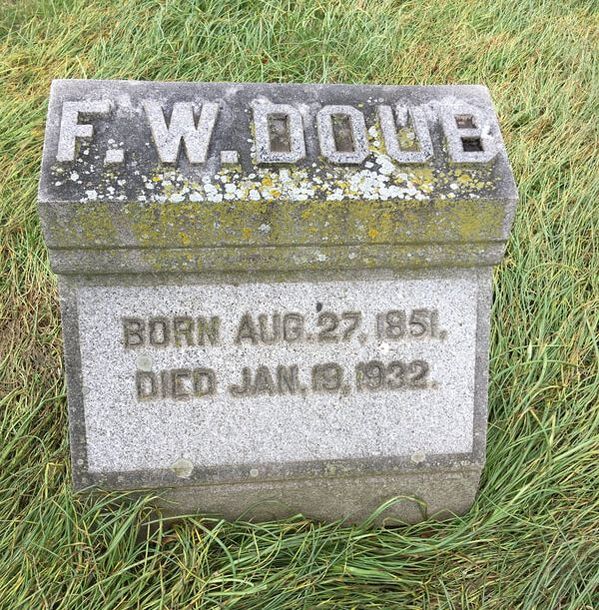
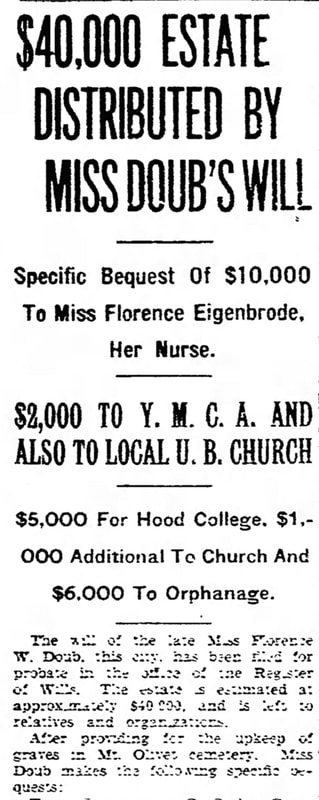
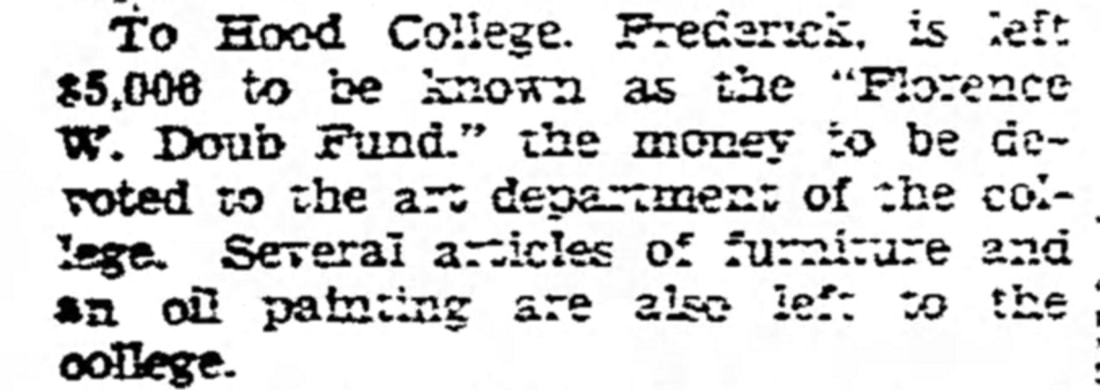
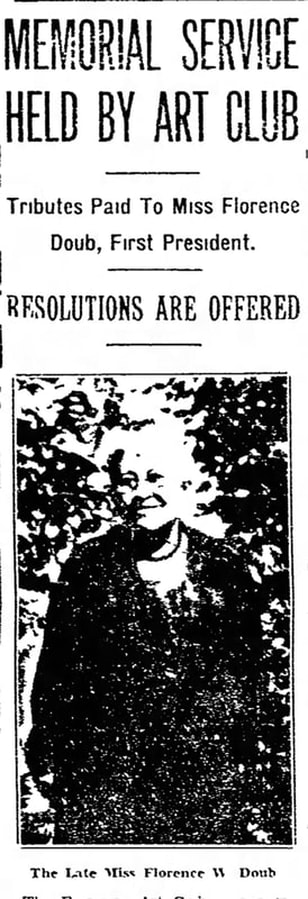
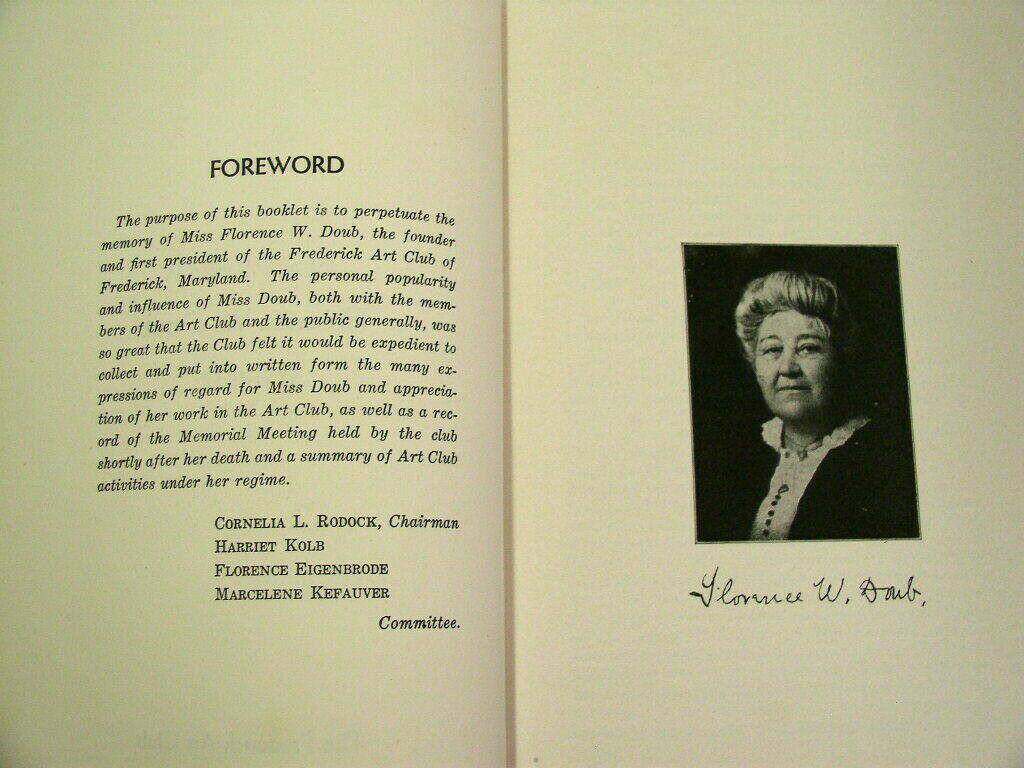
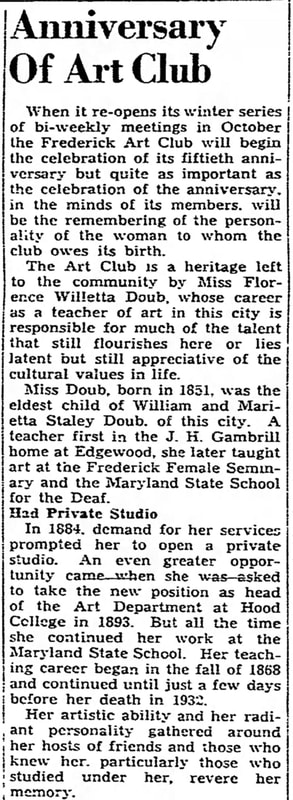
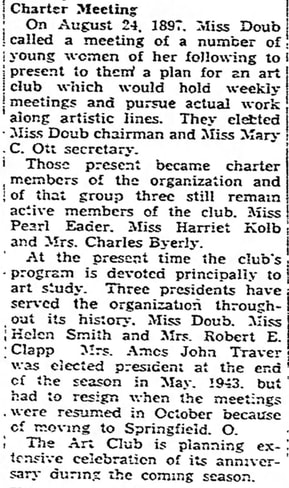
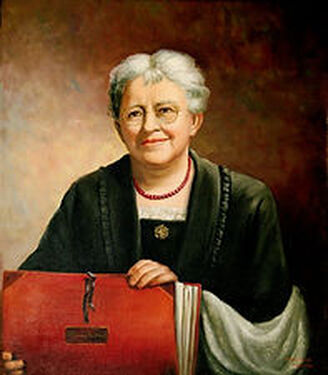
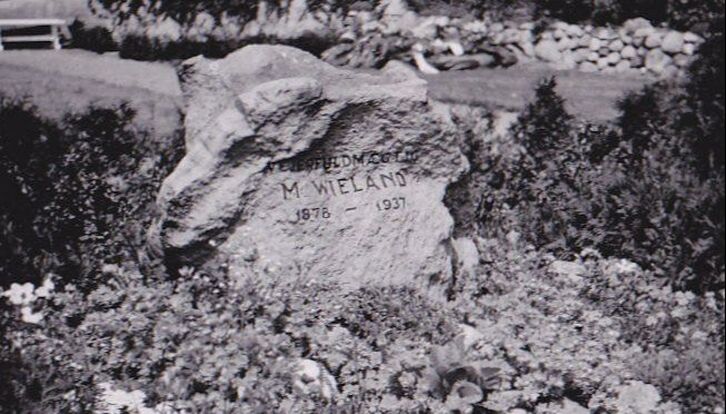
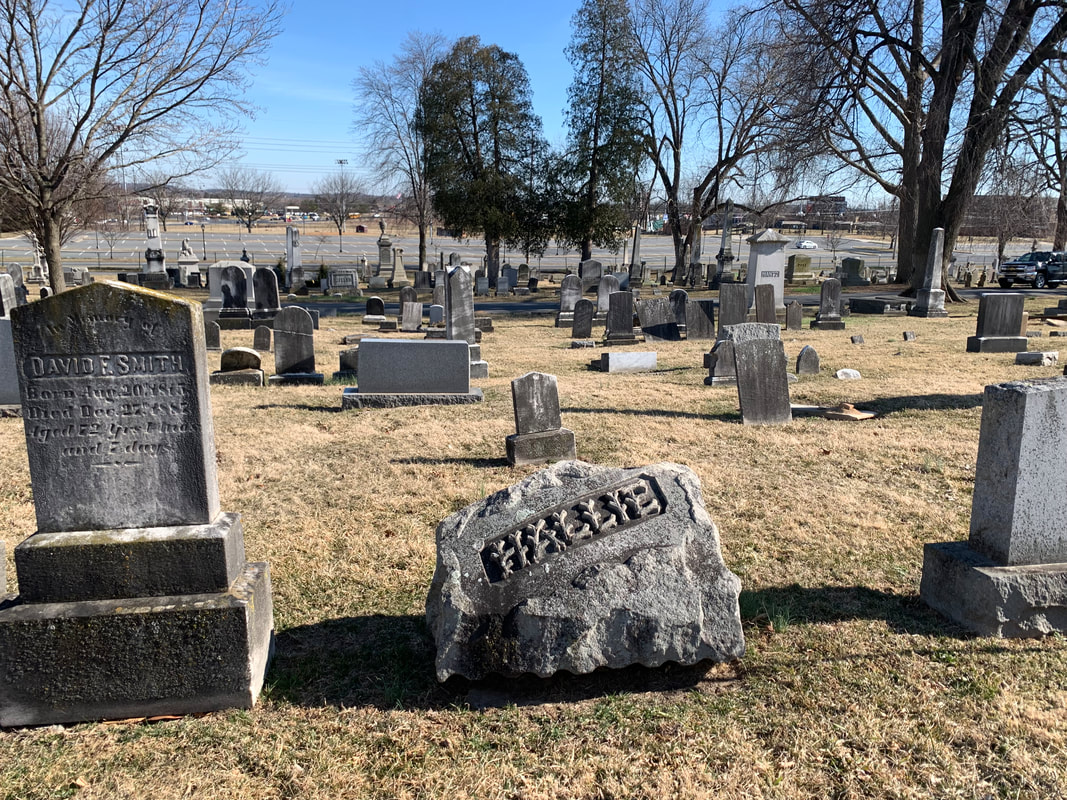
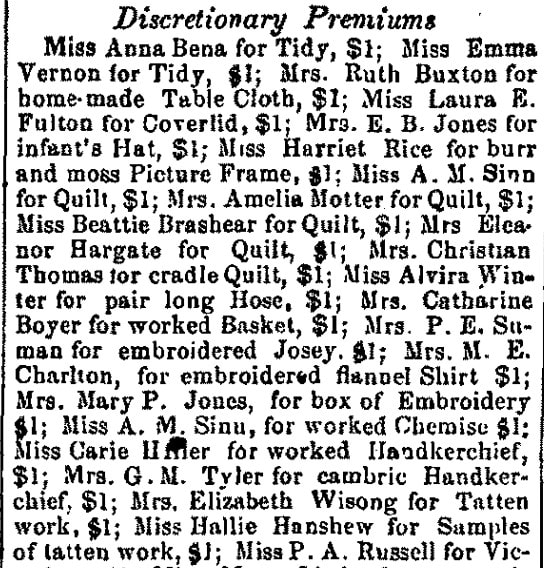
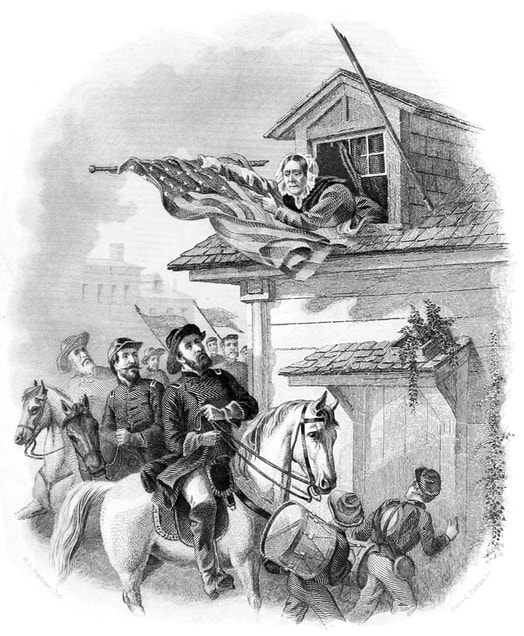
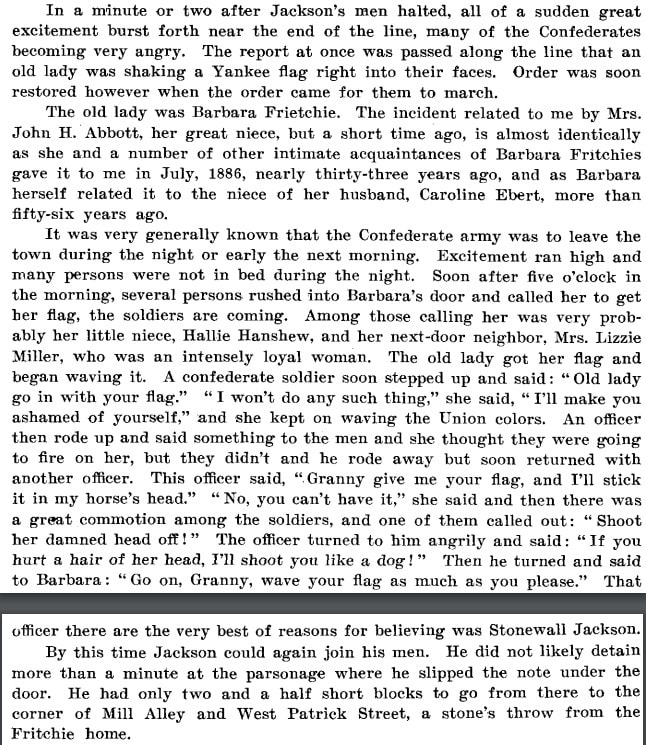

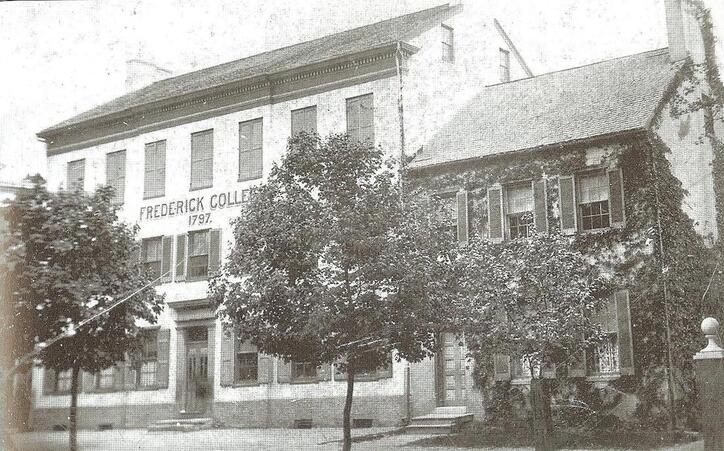

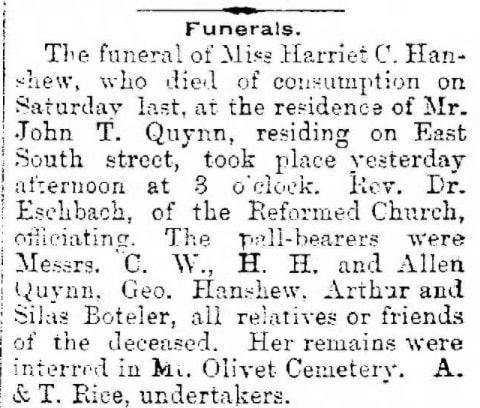
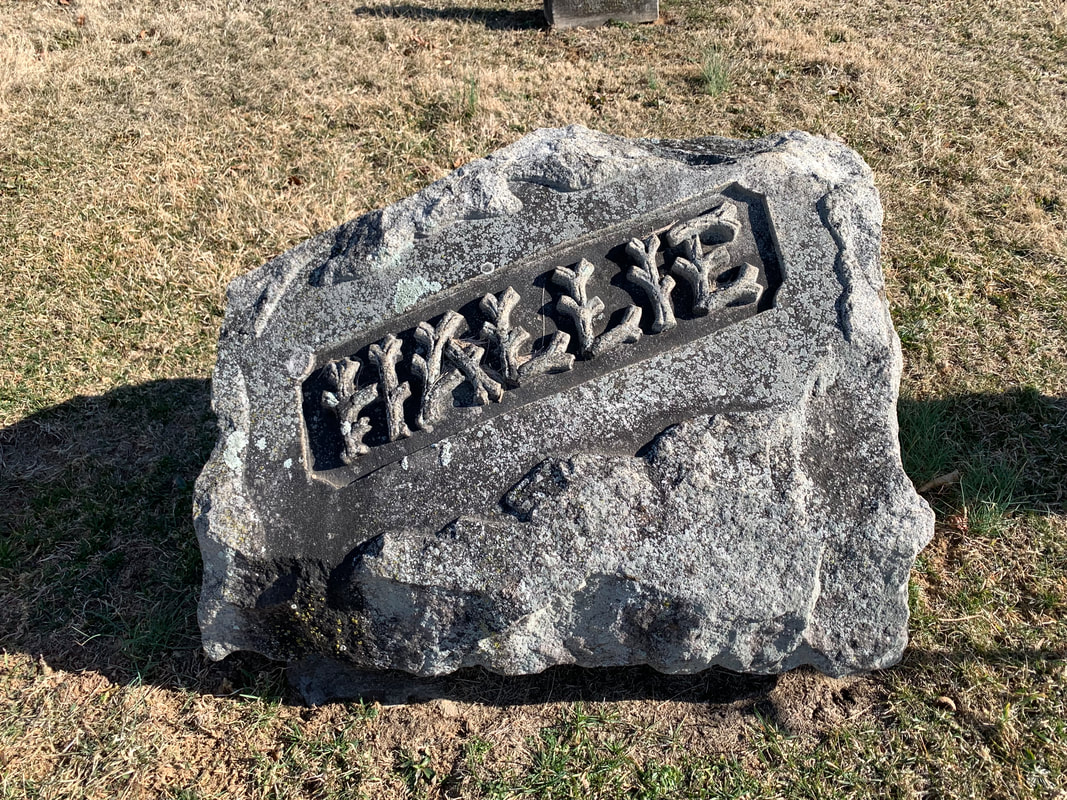
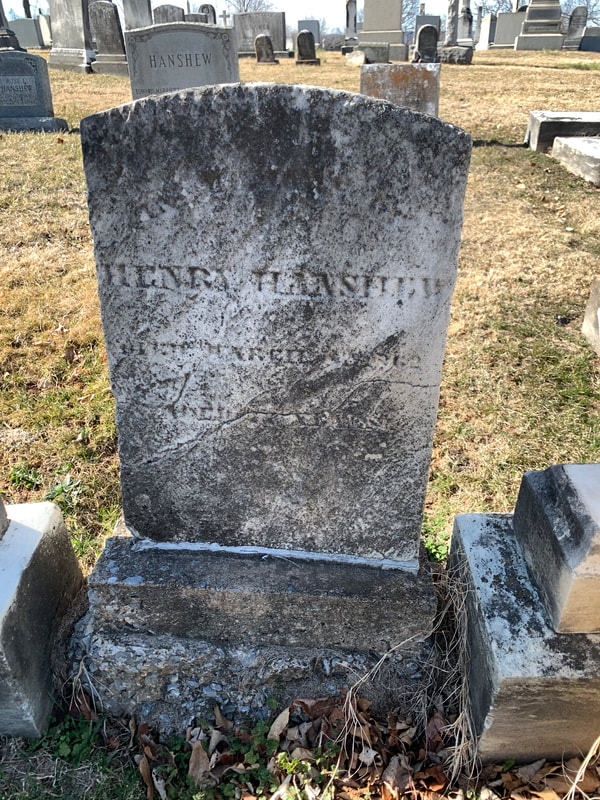
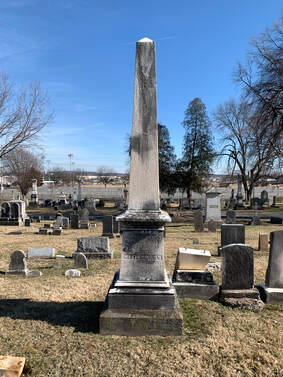
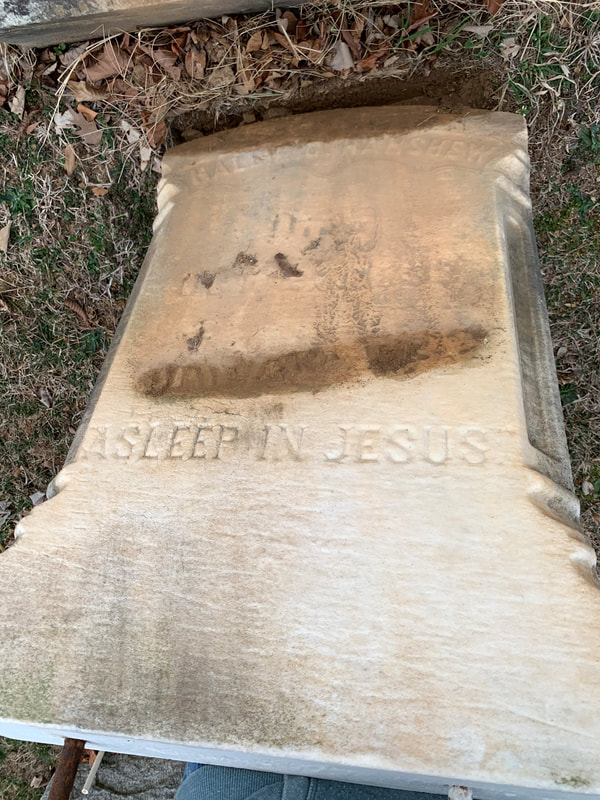
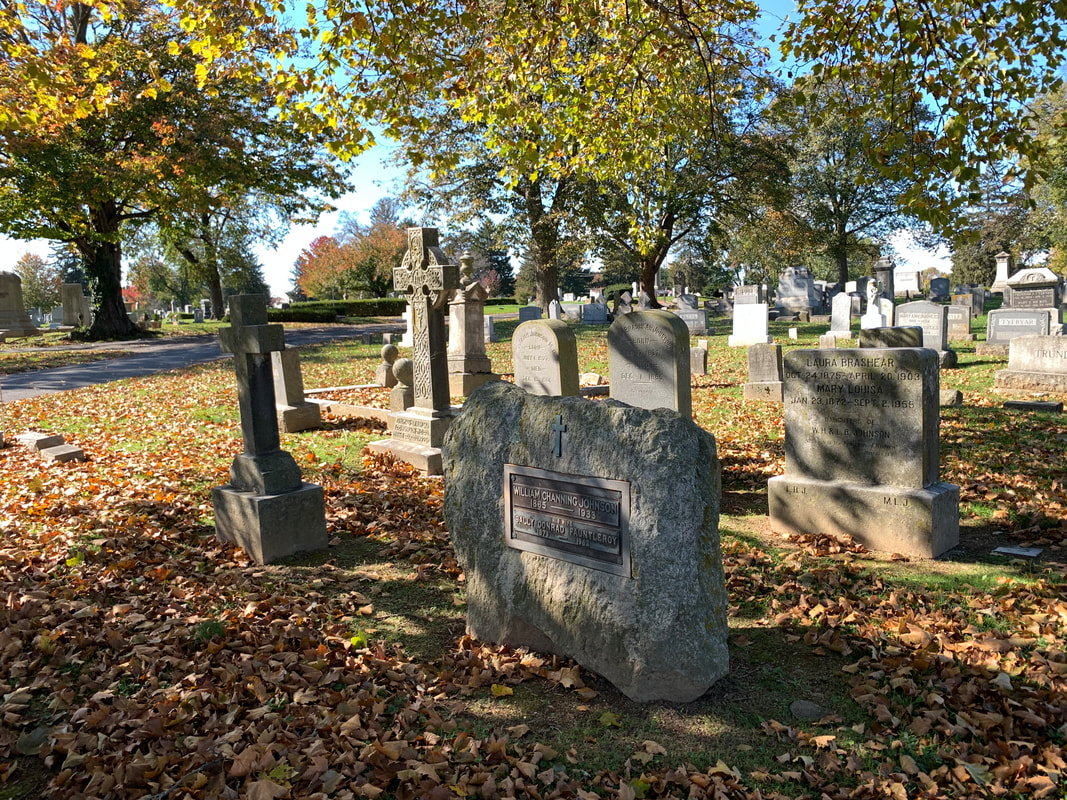
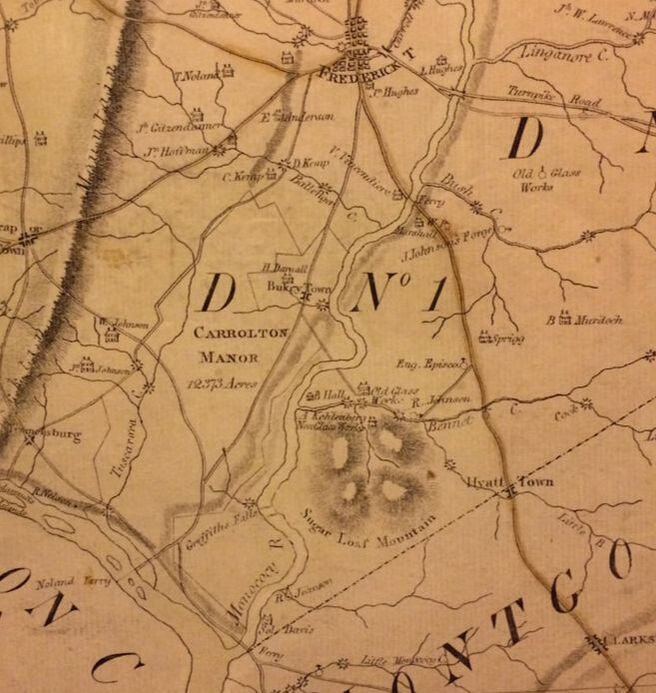
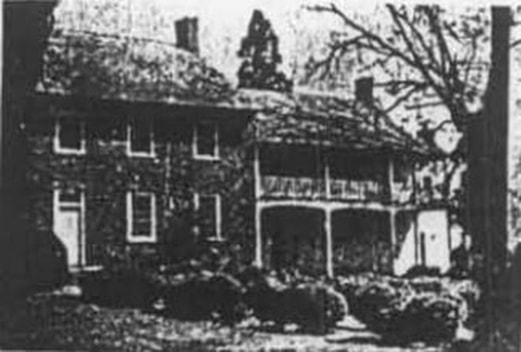
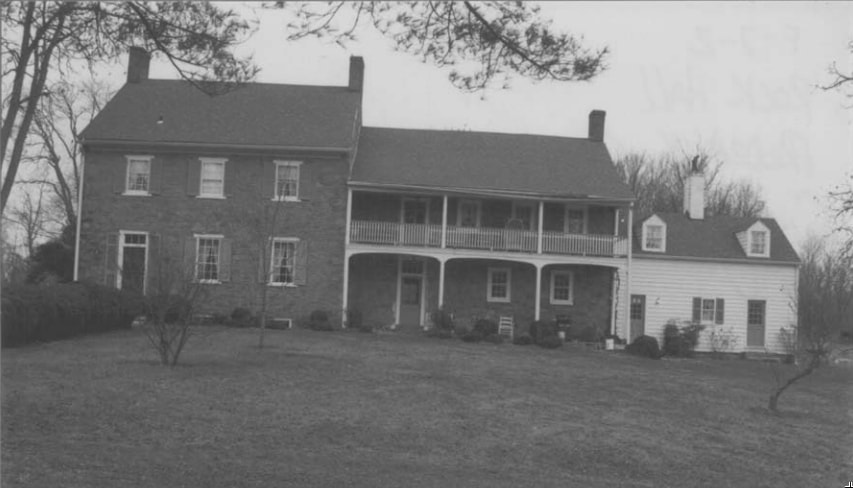
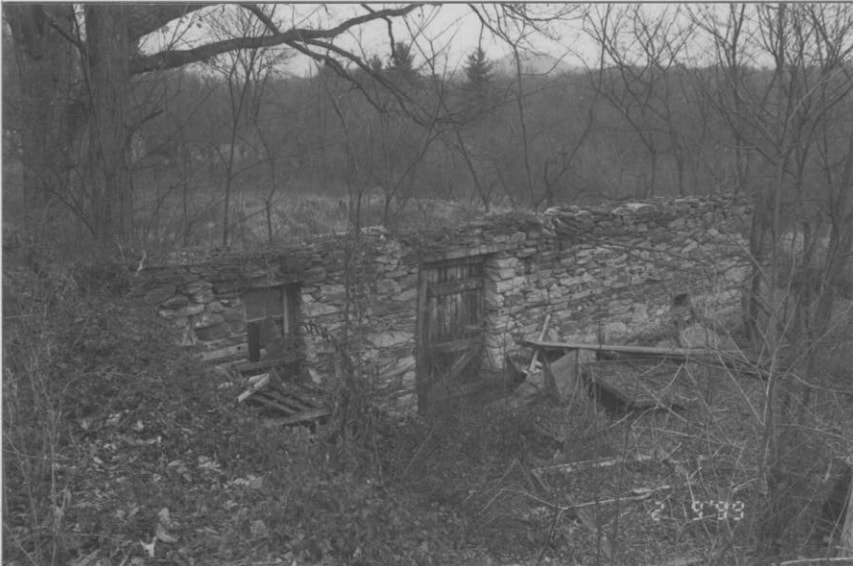
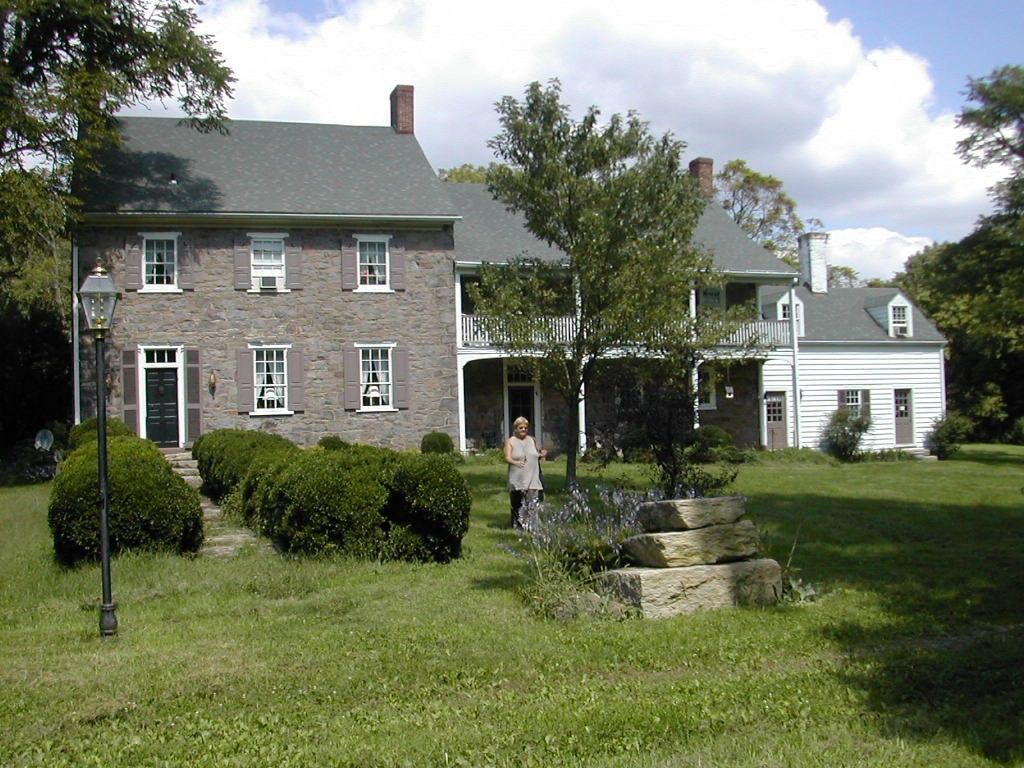

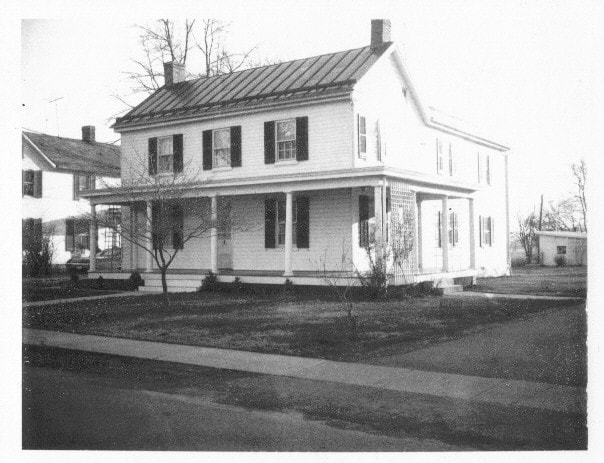
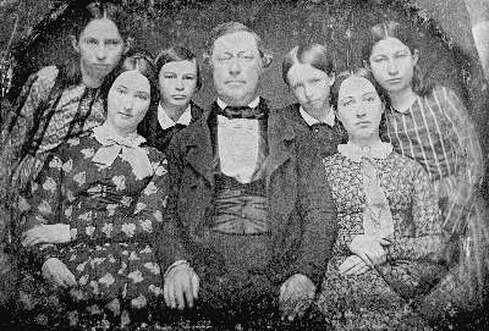

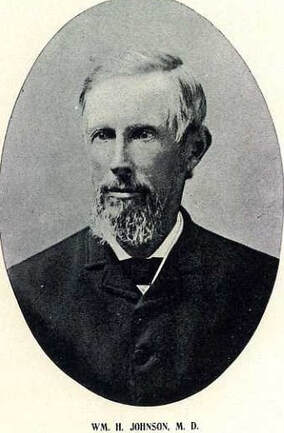
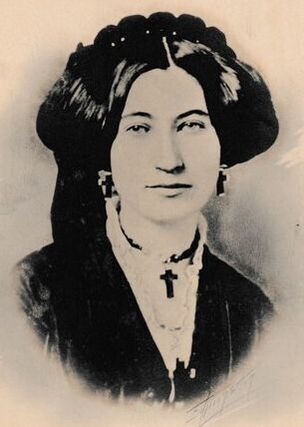
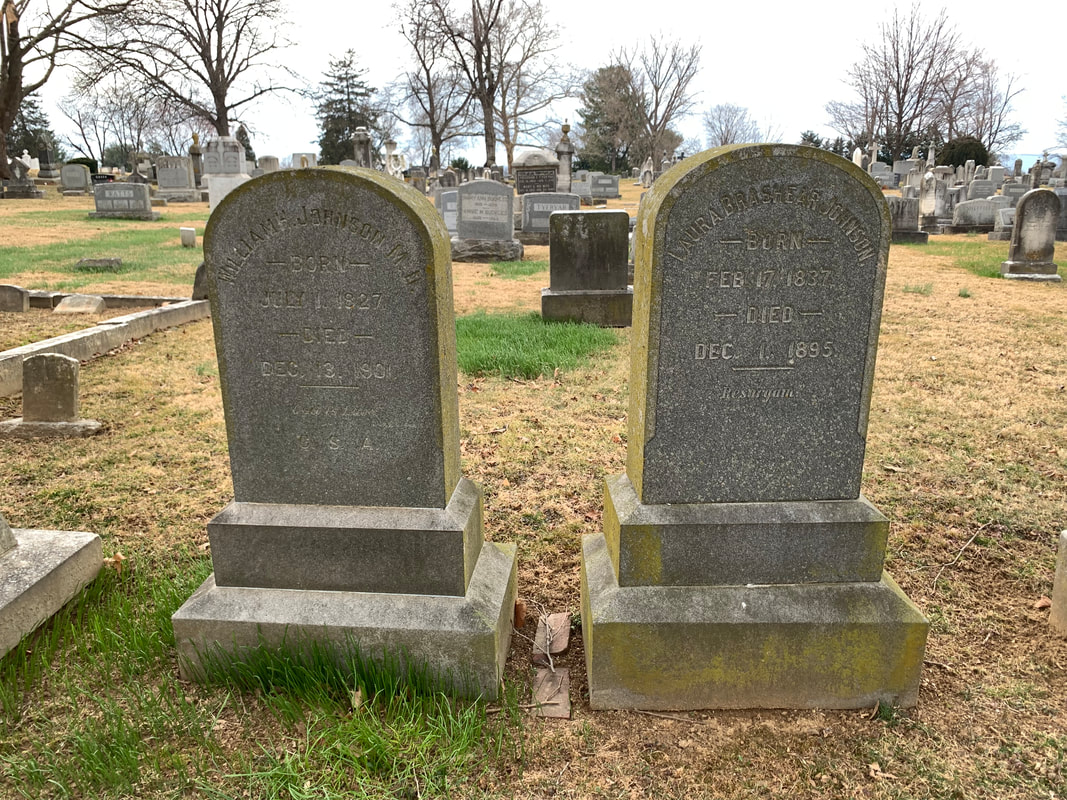
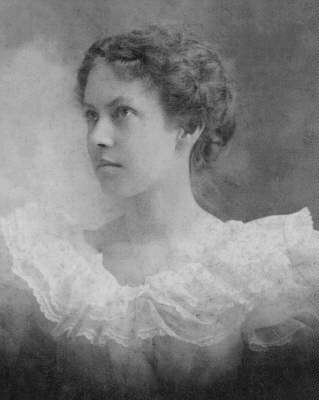
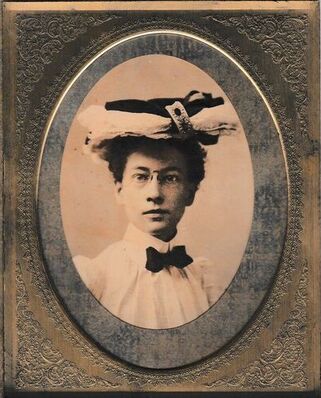
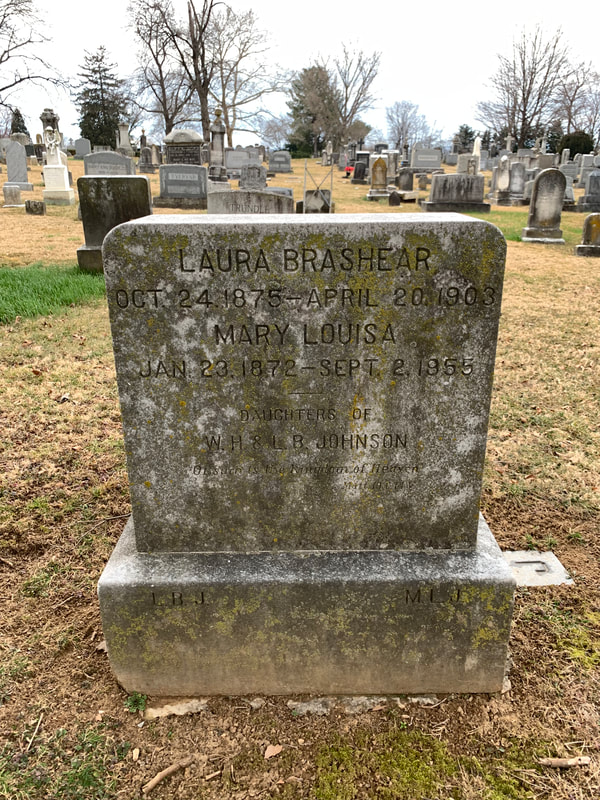
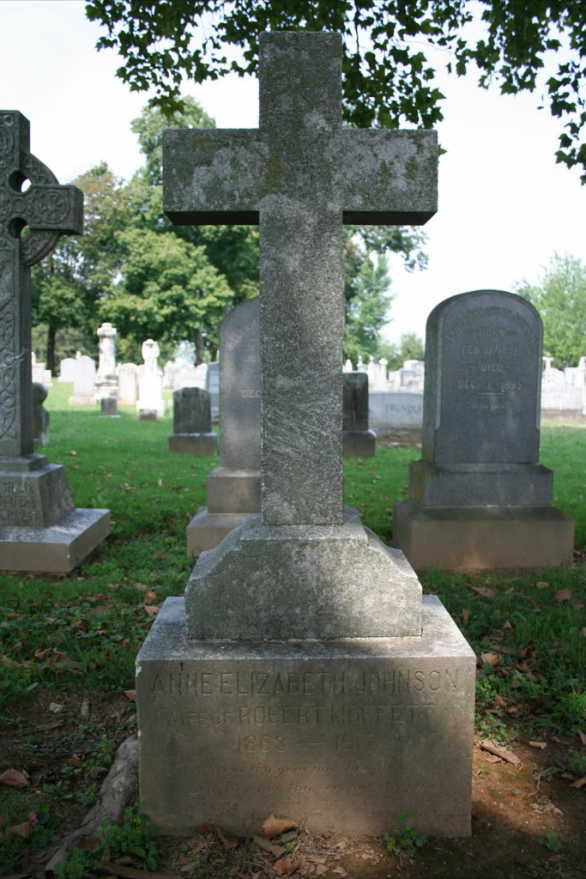
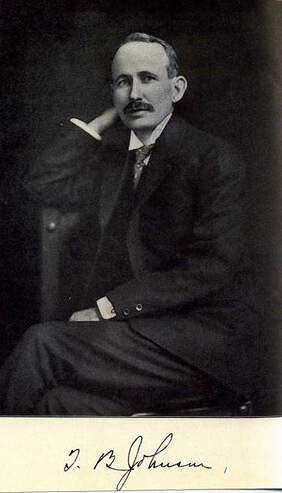
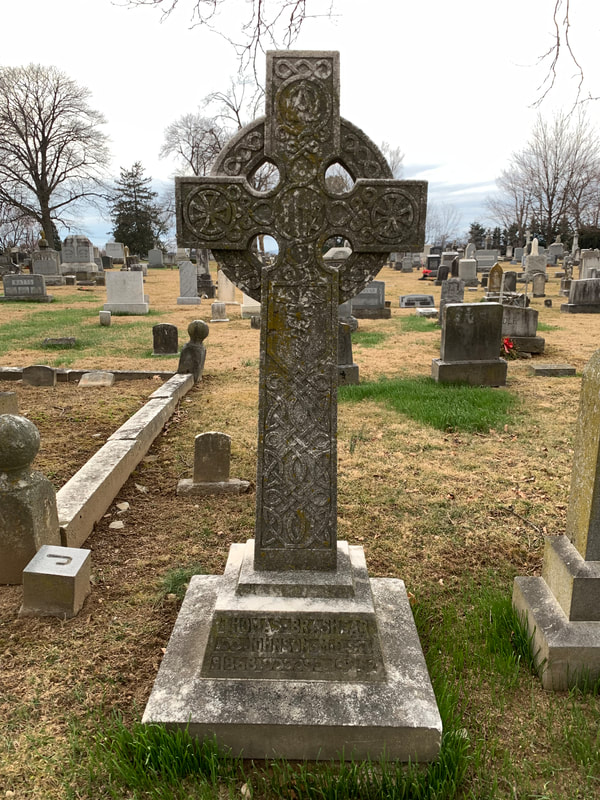
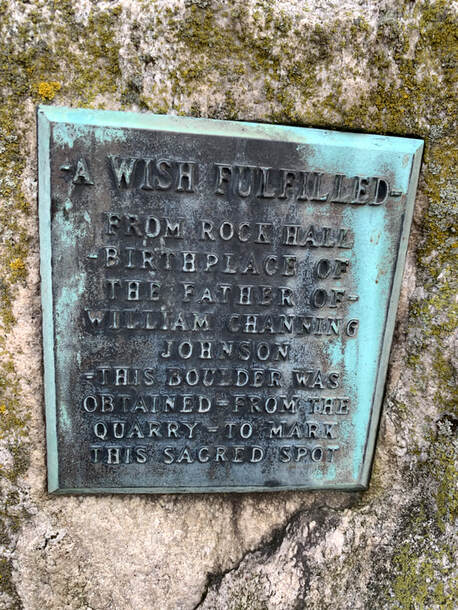
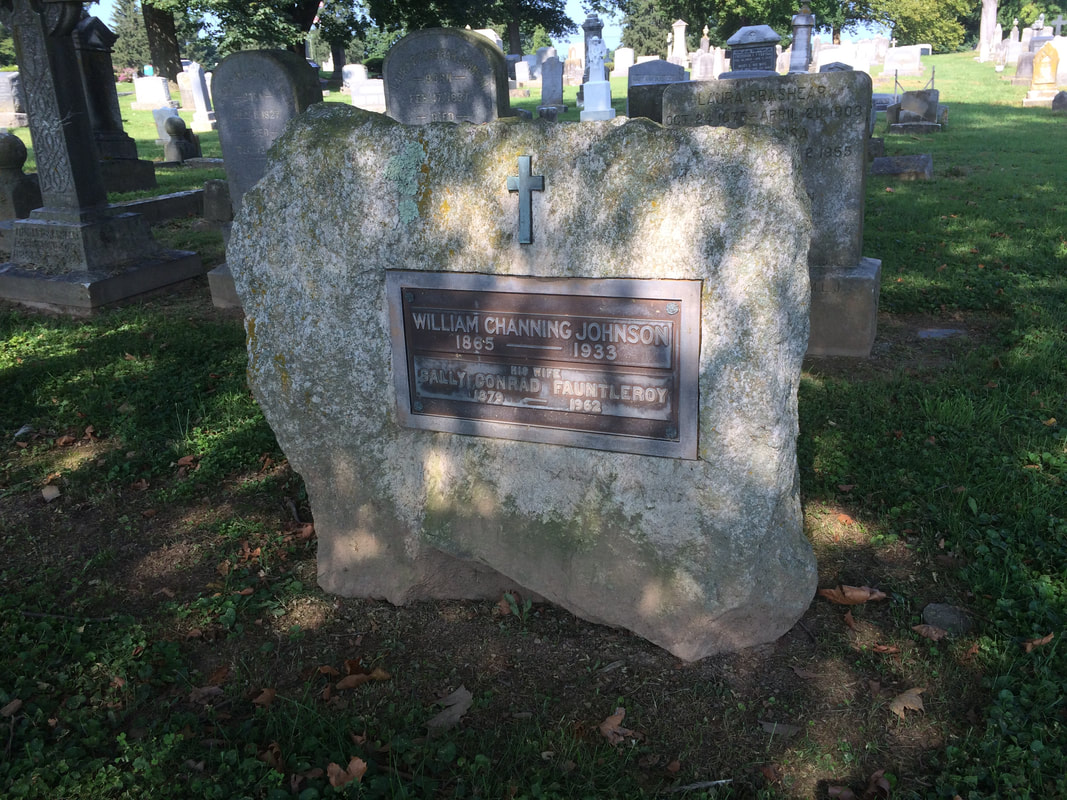
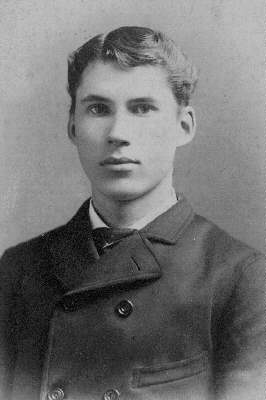
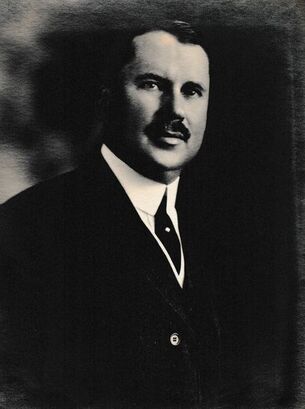
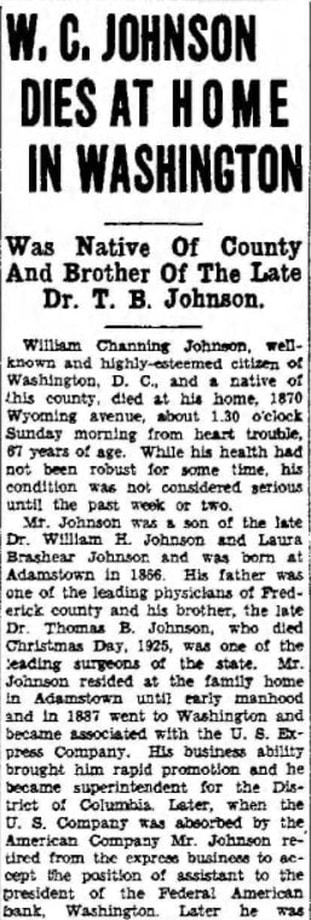
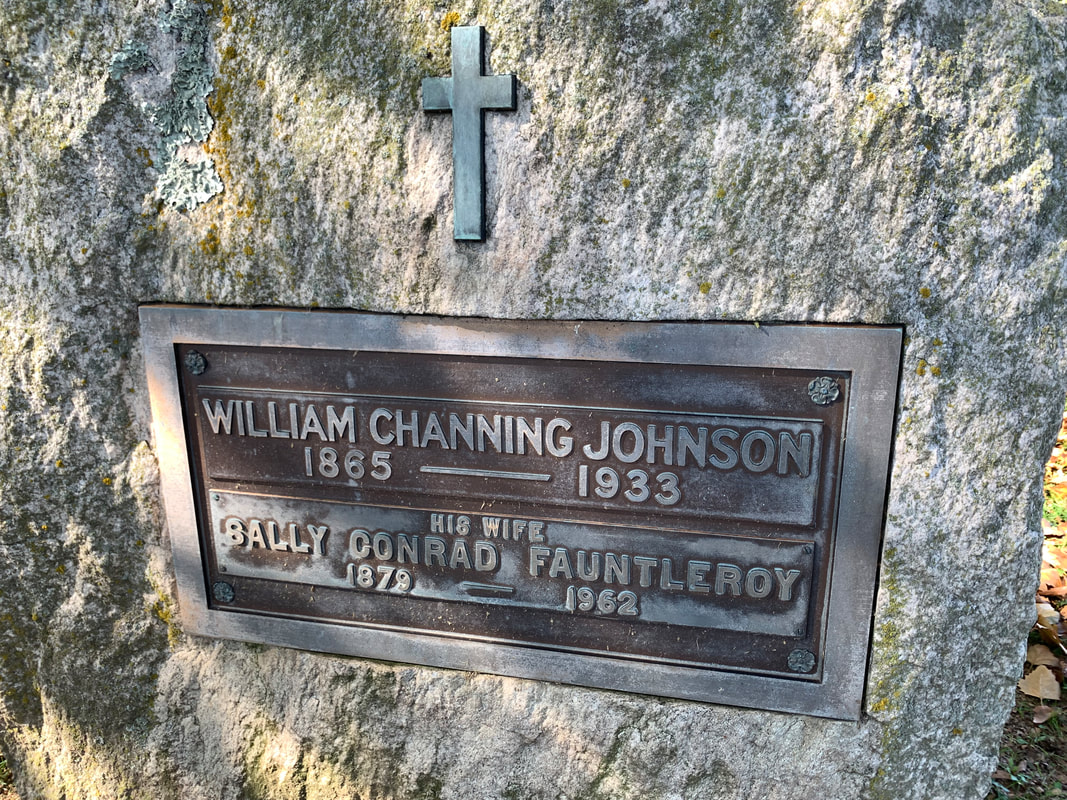
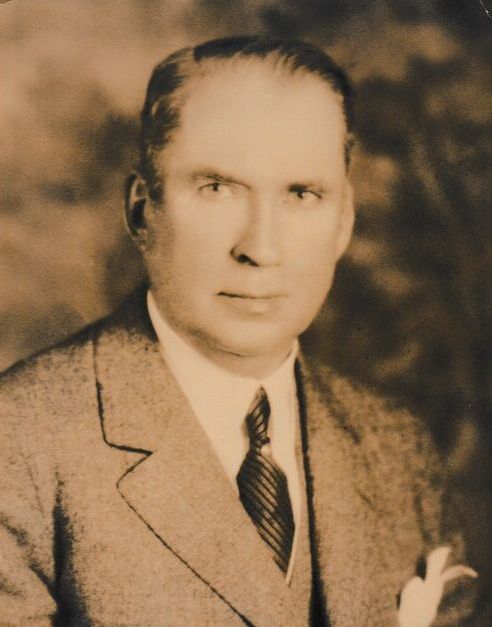
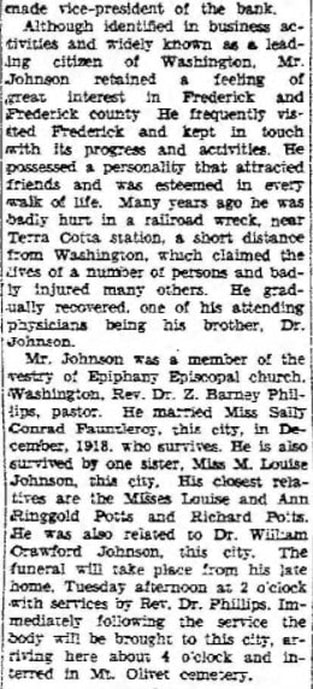
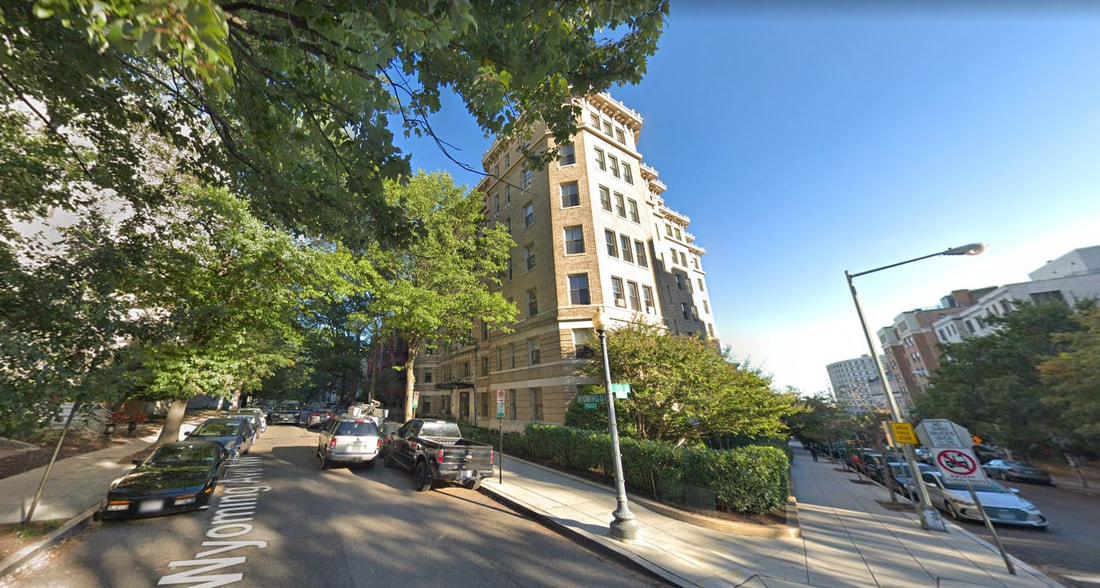
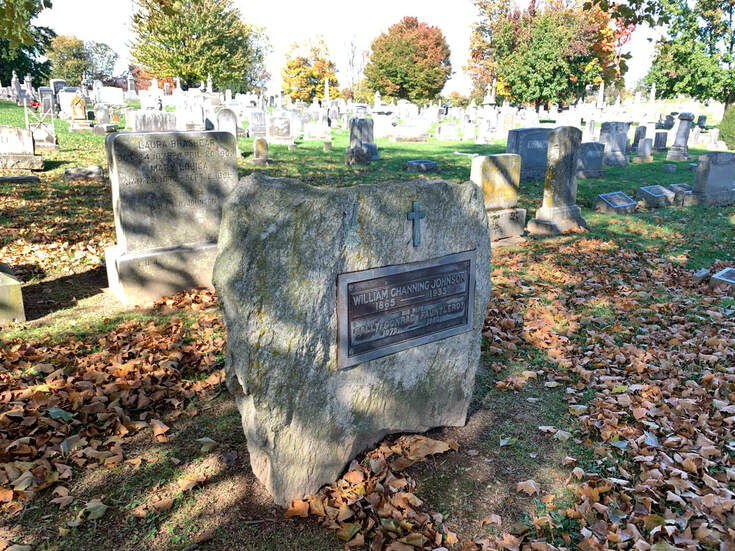
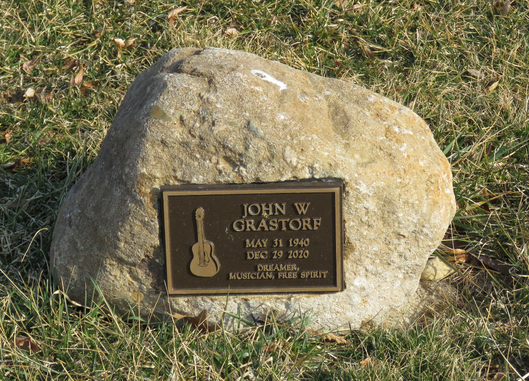

 RSS Feed
RSS Feed